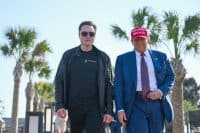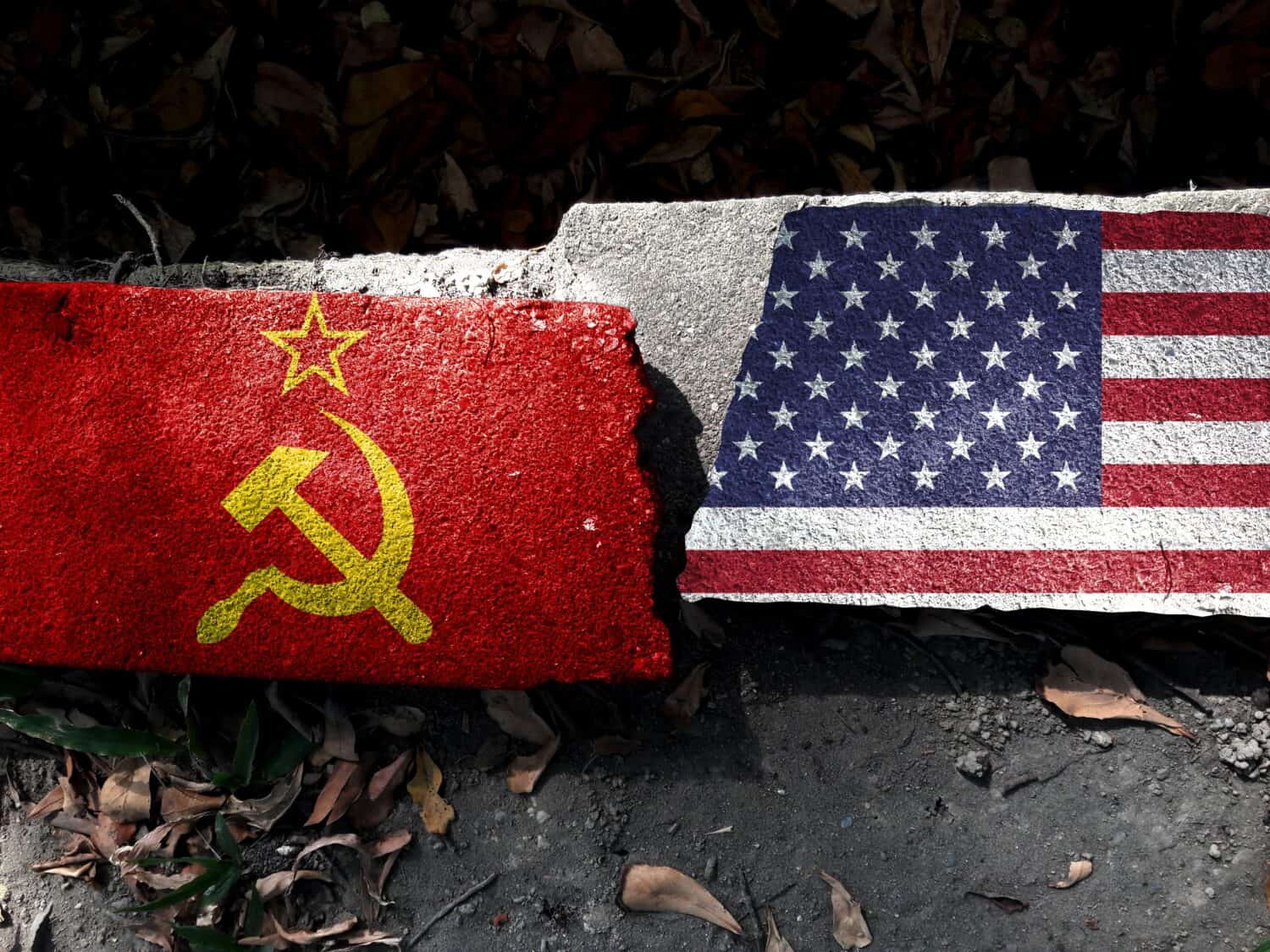
As one of the most challenging periods in world history, the Cold War was politically and diplomatically tense. While other nations have stood against one another before, it has never happened when these two nations could destroy the world many times over with nuclear weapons.
The Cold War was a politically tense period during which the United States and the Soviet Union faced off. The Cold War was essentially a battle between democracy and Communism and which system of government was better. The Soviet Union eventually fell after being unable to keep pace with American defense spending. Retiring early is possible, and may be easier than you think. Click here now to see if you’re ahead, or behind. (Sponsor)
Key Points
The struggle for global dominance between the United States and the Soviet Union started at the end of the Second World War and lasted another 50 years. During this time, a nuclear arms race began while more indirect conflicts occurred. Espionage, embargoes, and the space race were all commonplace.
However, now that the Cold War is over, it begs the question of how much the average American truly knows about this topic. Unfortunately, many would be challenged to answer these simple questions about this period in human history.
1. Question
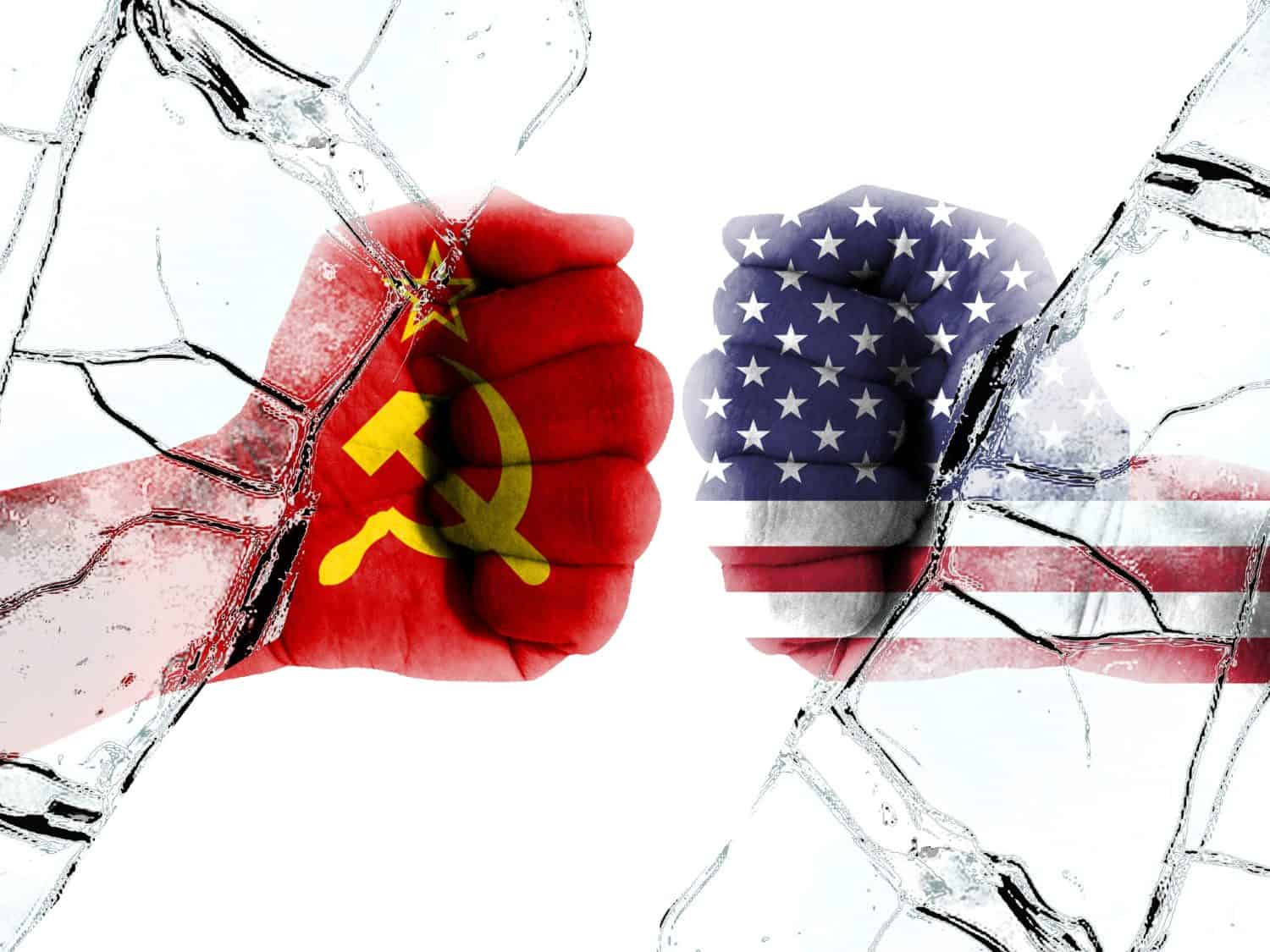
What was the Cold War?
Answer: 44-Year Struggle
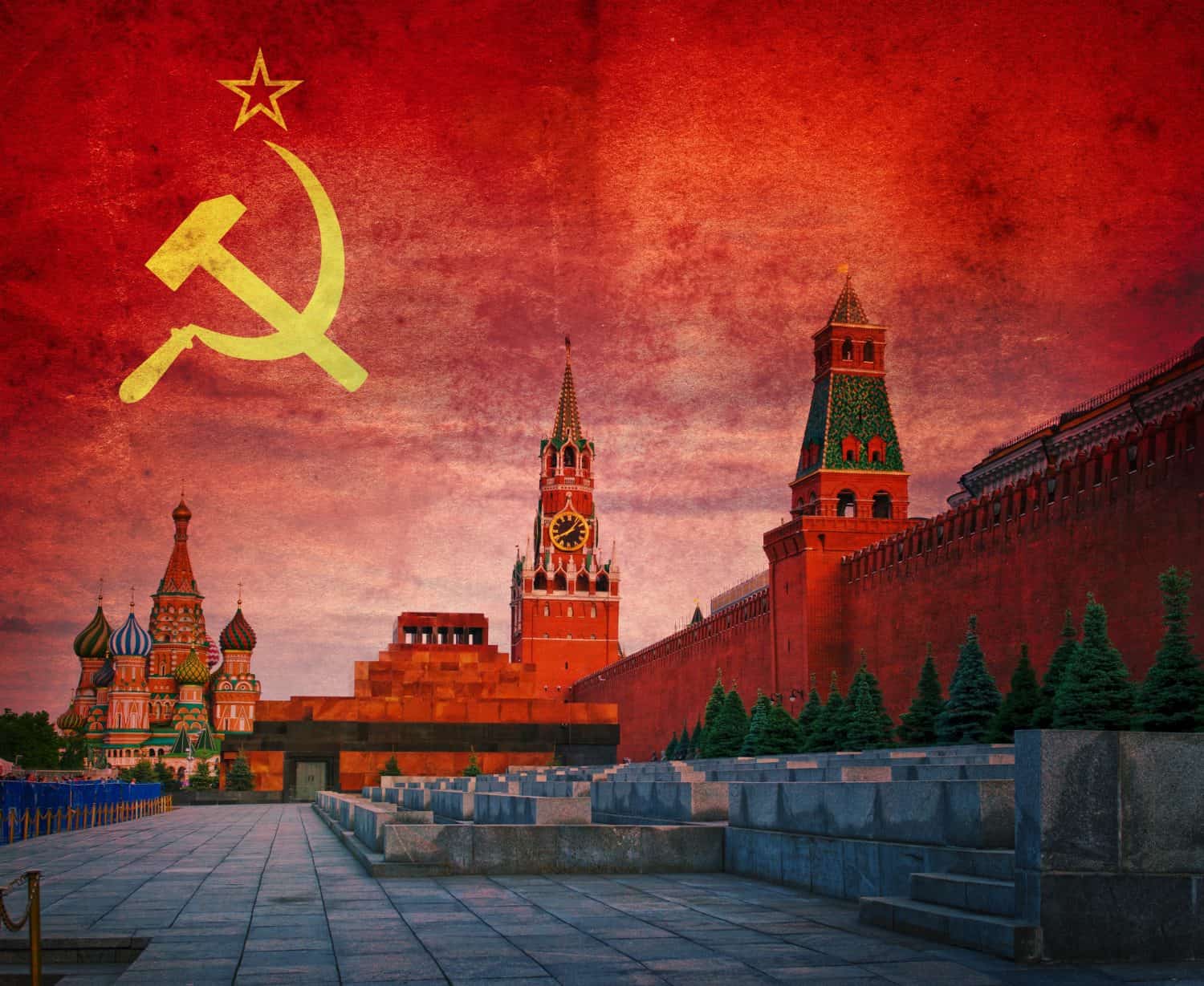
For over 44 years, between 1947 and 1991, there was a struggle between two superpowers, the United States and the Soviet Union. While this era wasn’t marked much by the military conflict between the two nations, it was indirectly fought across diplomatic channels, proxy wars, and multiple political confrontations.
2. Question
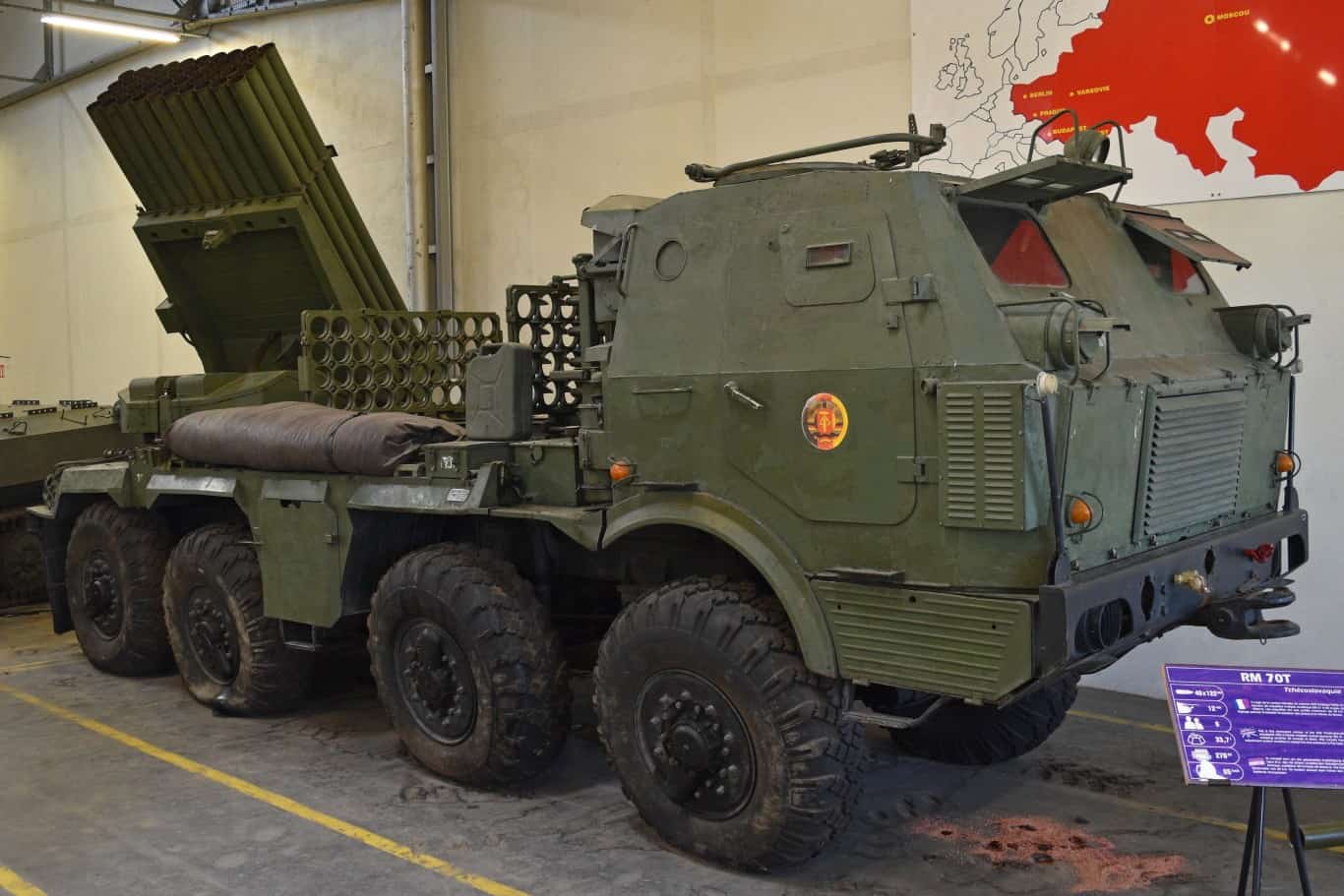
Why was this conflict known as the “Cold War?”
Answer: A Nickname

The “Cold War” arose because there was never a war between the United States and the Soviet Union. Instead, the “Cold War” moniker was used because of the tension between the two nations and their governments, which led to multiple conflicts on other fronts. Among these battles was a race to be the first nation to land a man on the moon.
3. Question
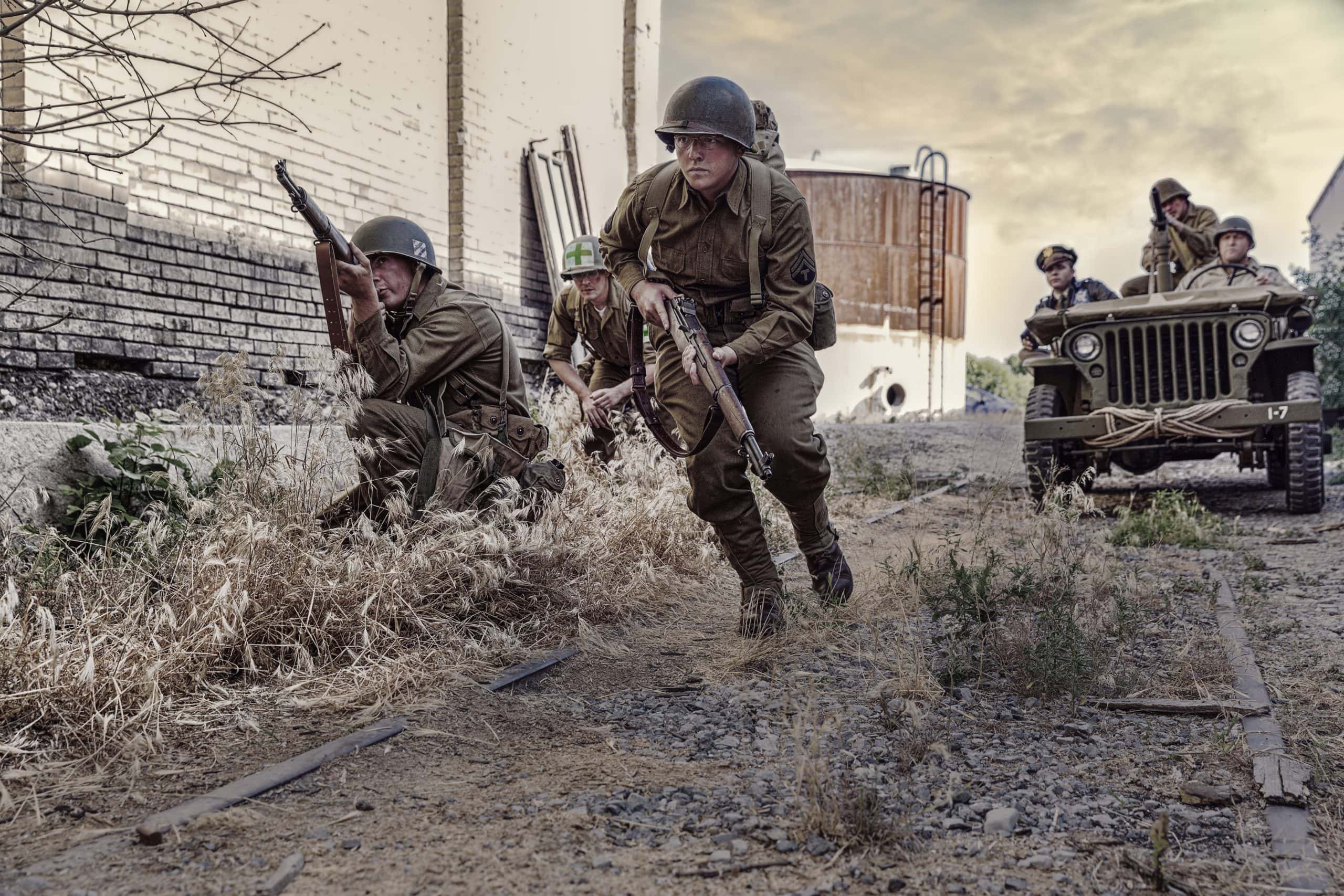
How did the Cold War start?
Answer: Arguments Over a Divided Europe
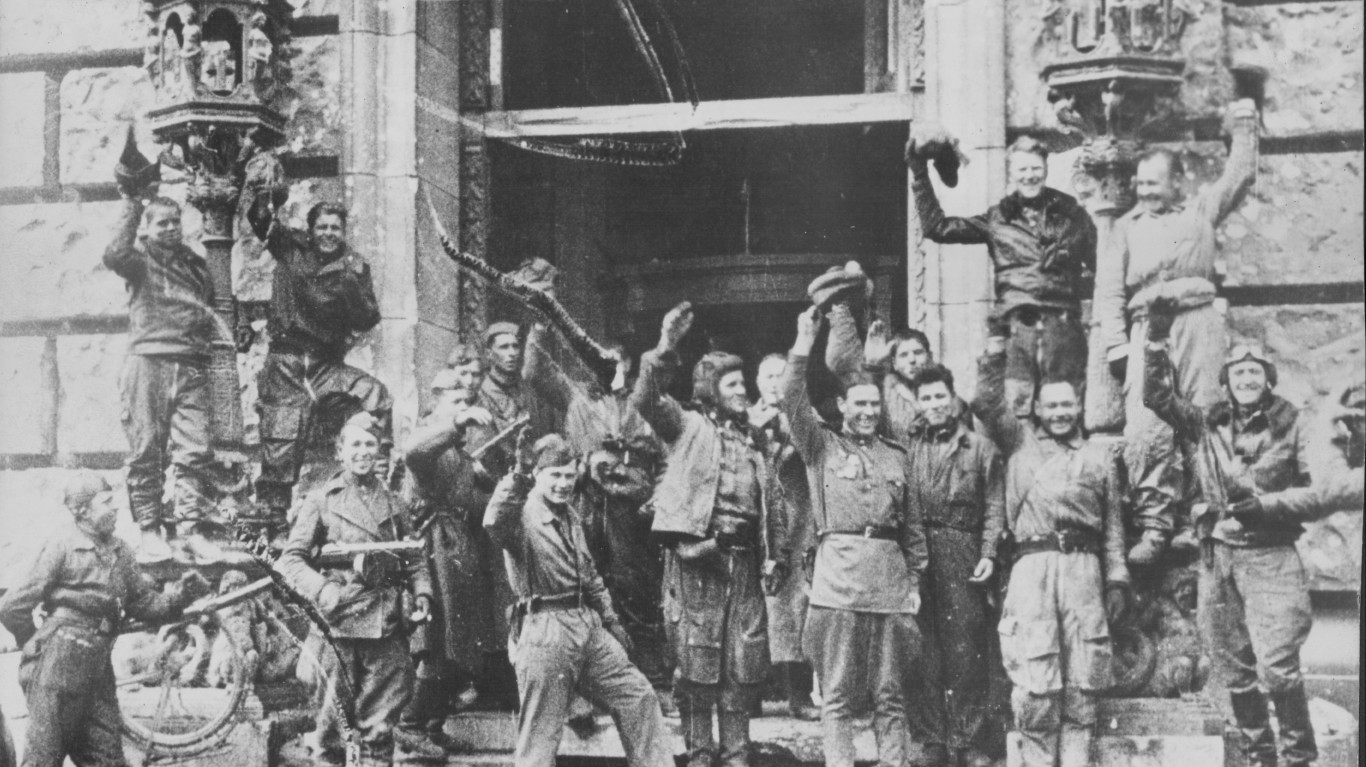
At the end of the Second World War, even though the Allied Powers and the Soviet Union were united against Germany, any allegiances fell apart after the war ended. More specifically, the Soviet Union and the United States were at odds over how to divide up Europe best, which led to the Soviet Union taking control of multiple Eastern European nations and establishing what would become known as the “Iron Curtain.”
4. Question
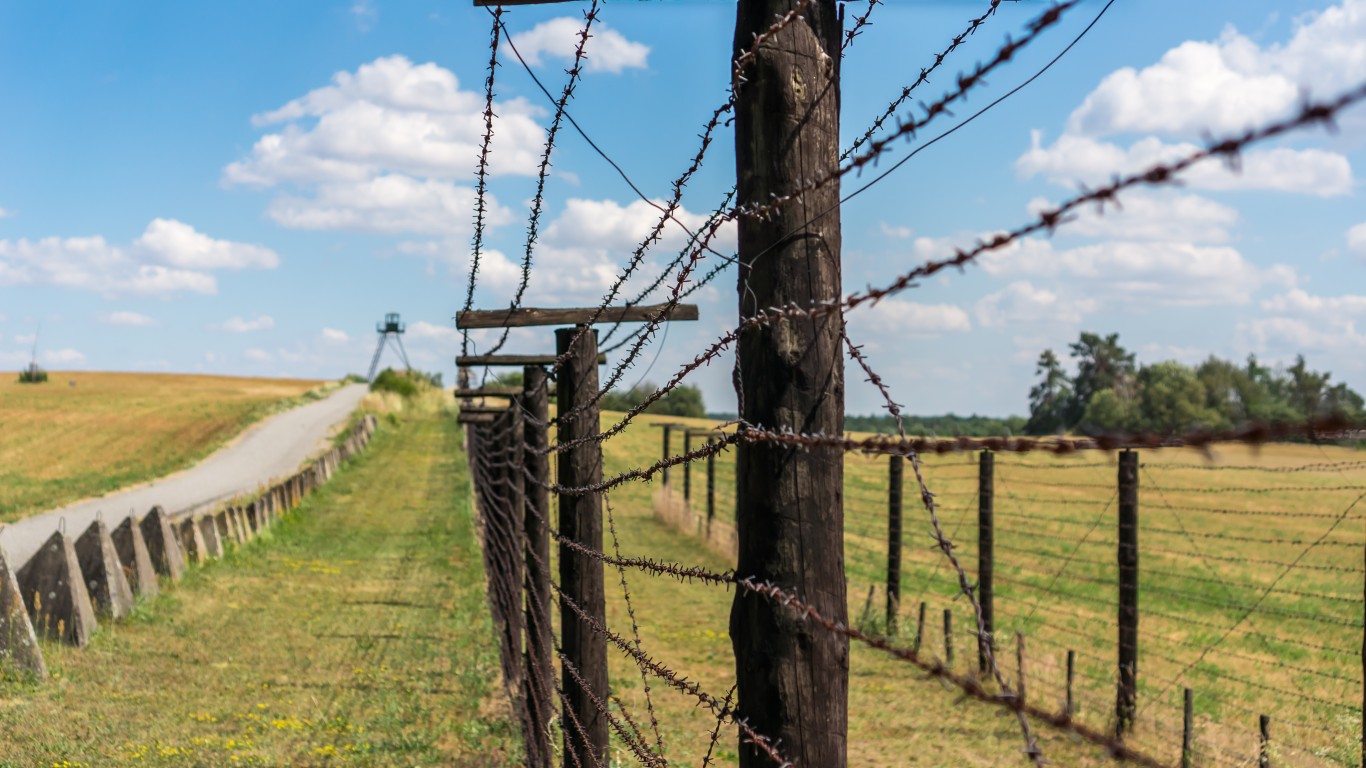
What was the Iron Curtain?
Answer: A Metaphorical Border
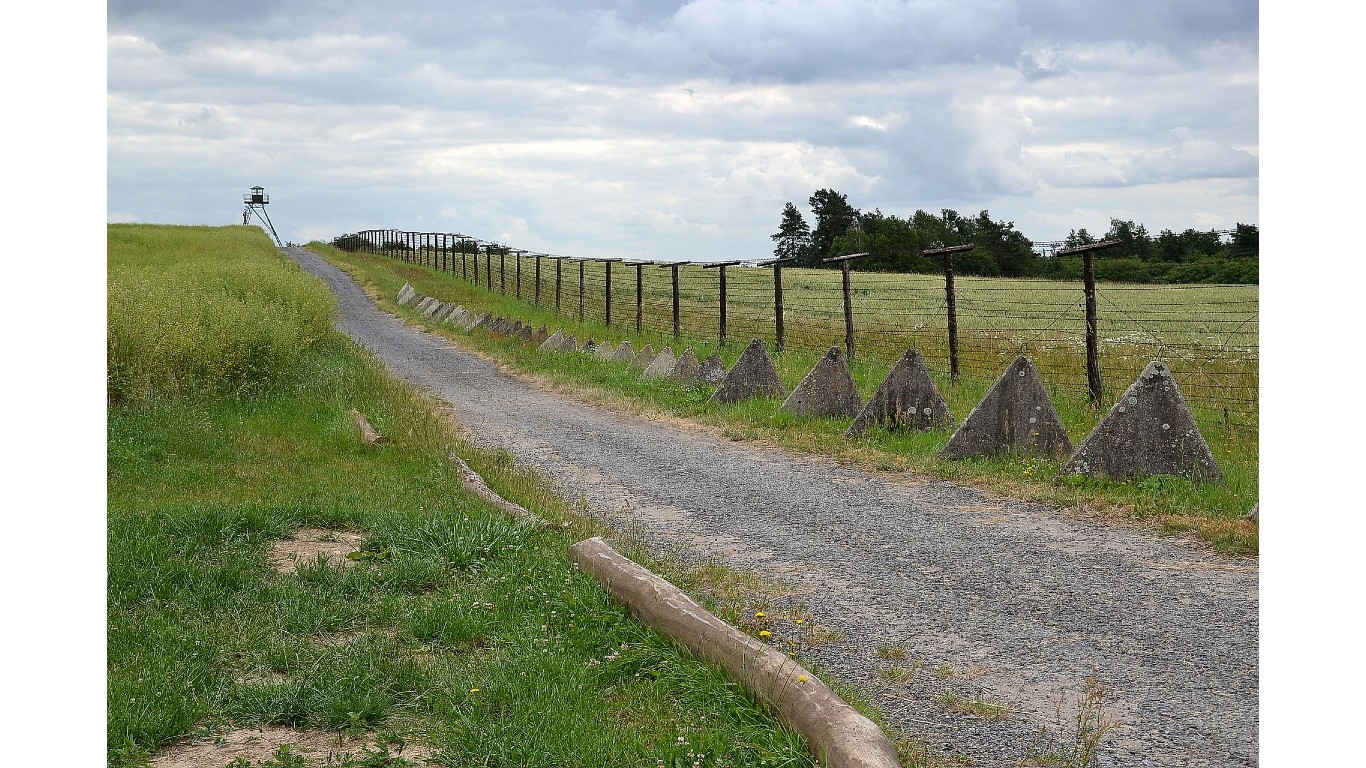
The Iron Curtain was a physical barrier that divided the Soviet Union and other communist nations in the region against Europe’s Western and capitalist countries. British Prime Minister Winston Churchill first used the term, and it later became a nickname for the Berlin Wall.
5. Question
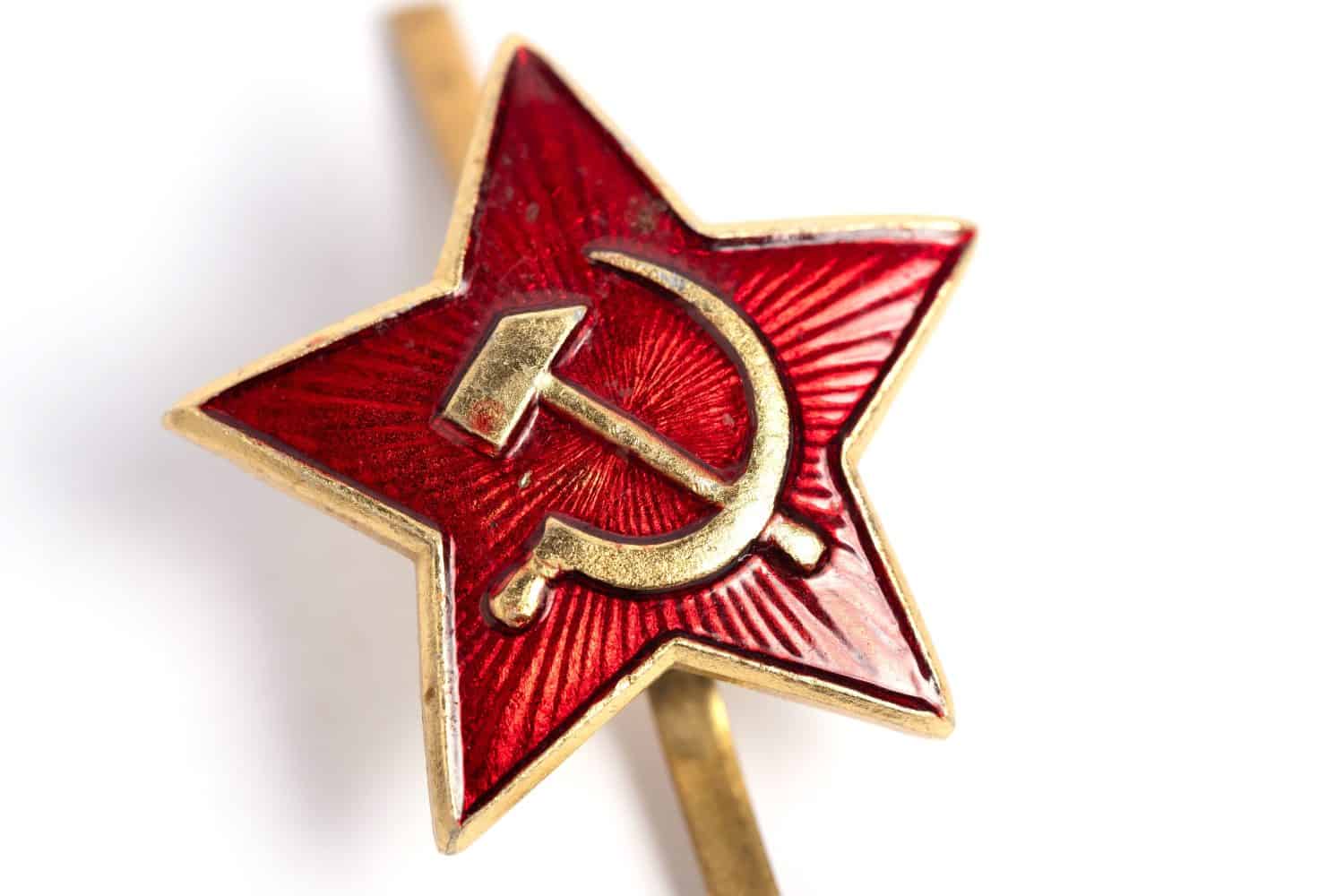
What were the central issues separating the United States and the Soviet Union?
Answer: Capitalism Versus Communism
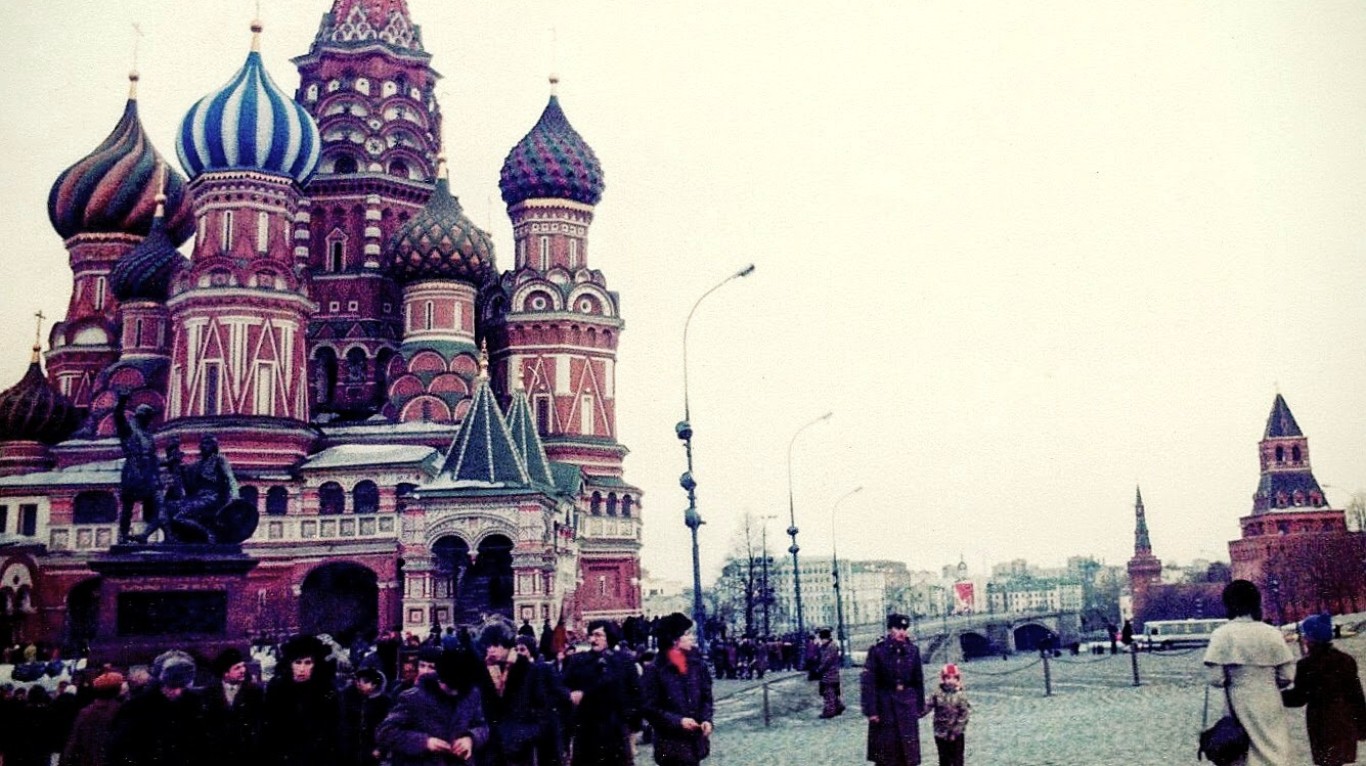
Ultimately, the Cold War came down to which form of government both nations believed would be better for the world and its people. The United States is capitalist and believes in the free market and individual freedoms. Communism is best described as a government where the government controls the economy and resources.
6. Question
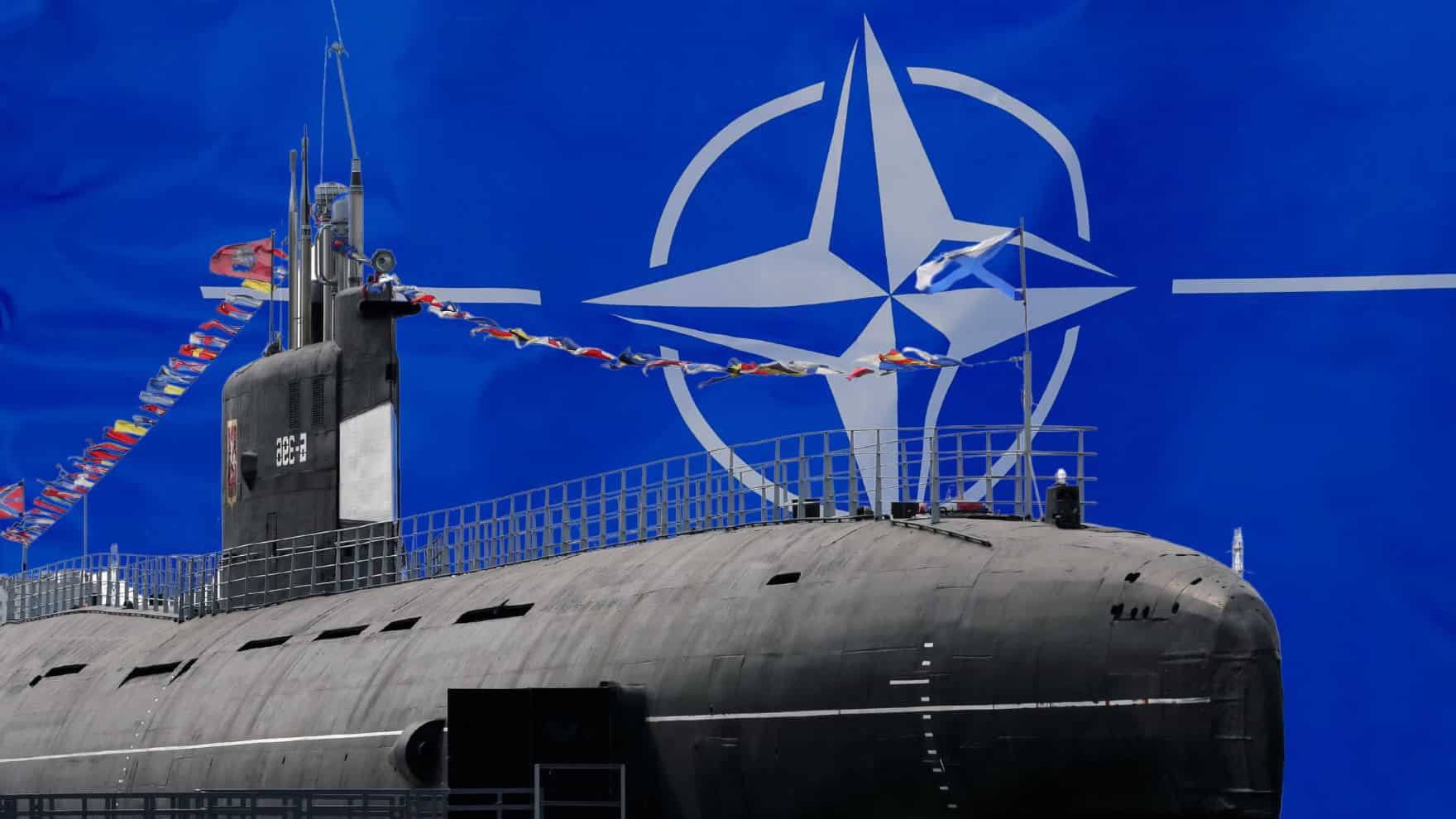
Was the Cold War the reason NATO was formed?
Answer: Yes
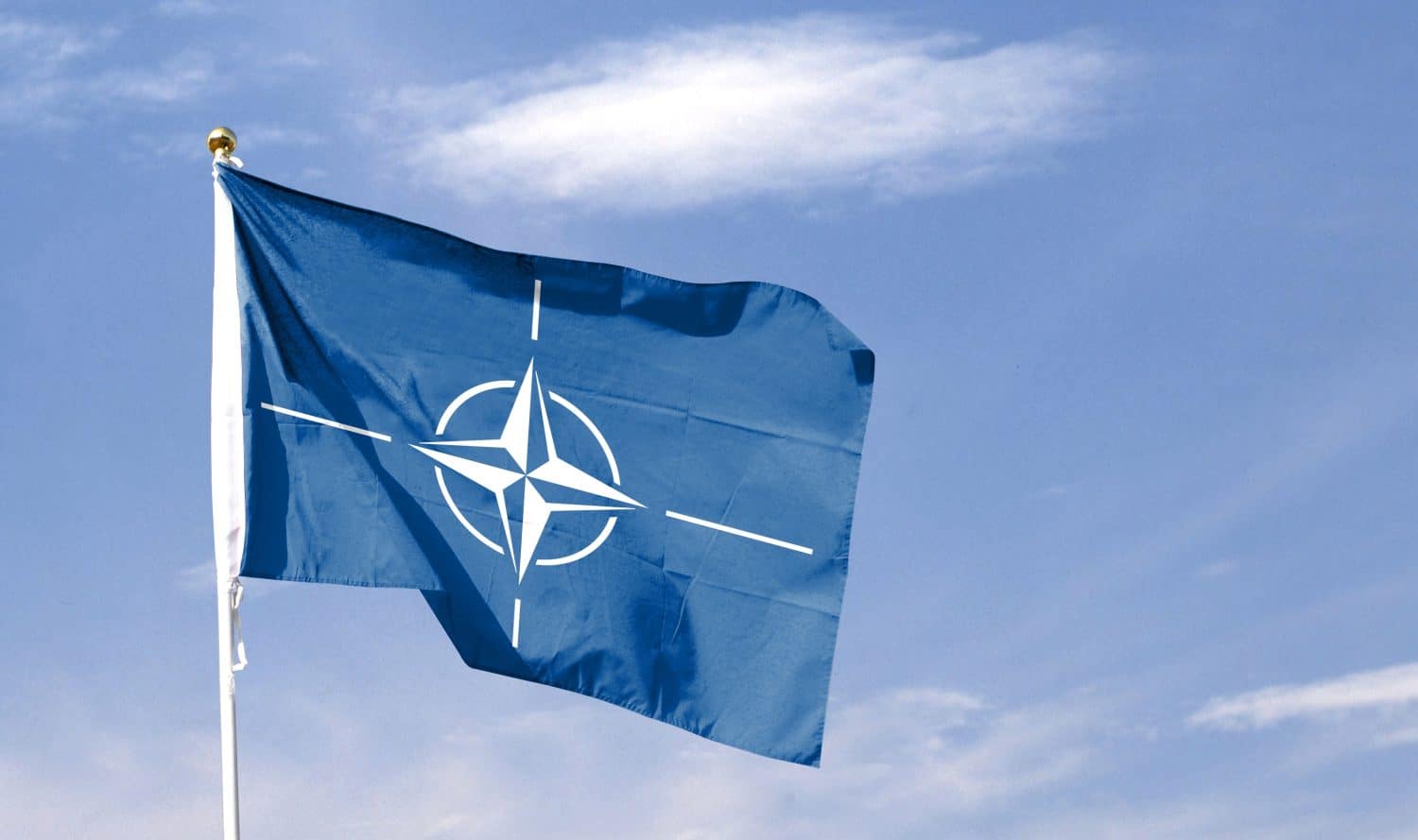
In response to the growing influence of the Soviet Union in Eastern Europe and around Asia, the United States and its allies formed the North Atlantic Treaty Organization in 1949. This organization was first created as a military alliance and included the United States, United Kingdom, France, and Canada to help counter Soviet aggression against NATO member nations. NATO’s centerpiece is Article V, which means an attack on one is an attack on all.
7. Question
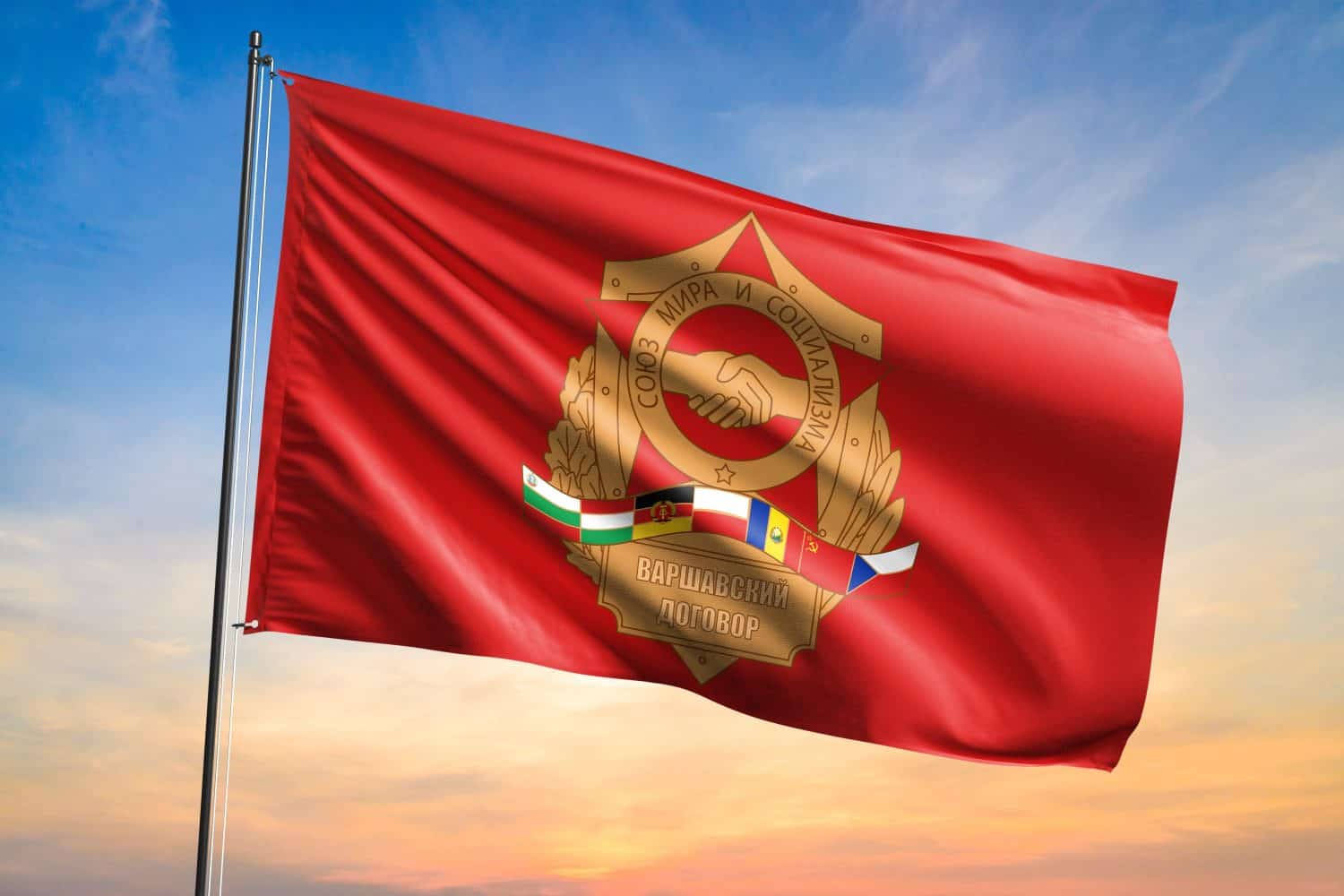
Was the Warsaw Pact a response to the formation of NATO?
Answer: Yes
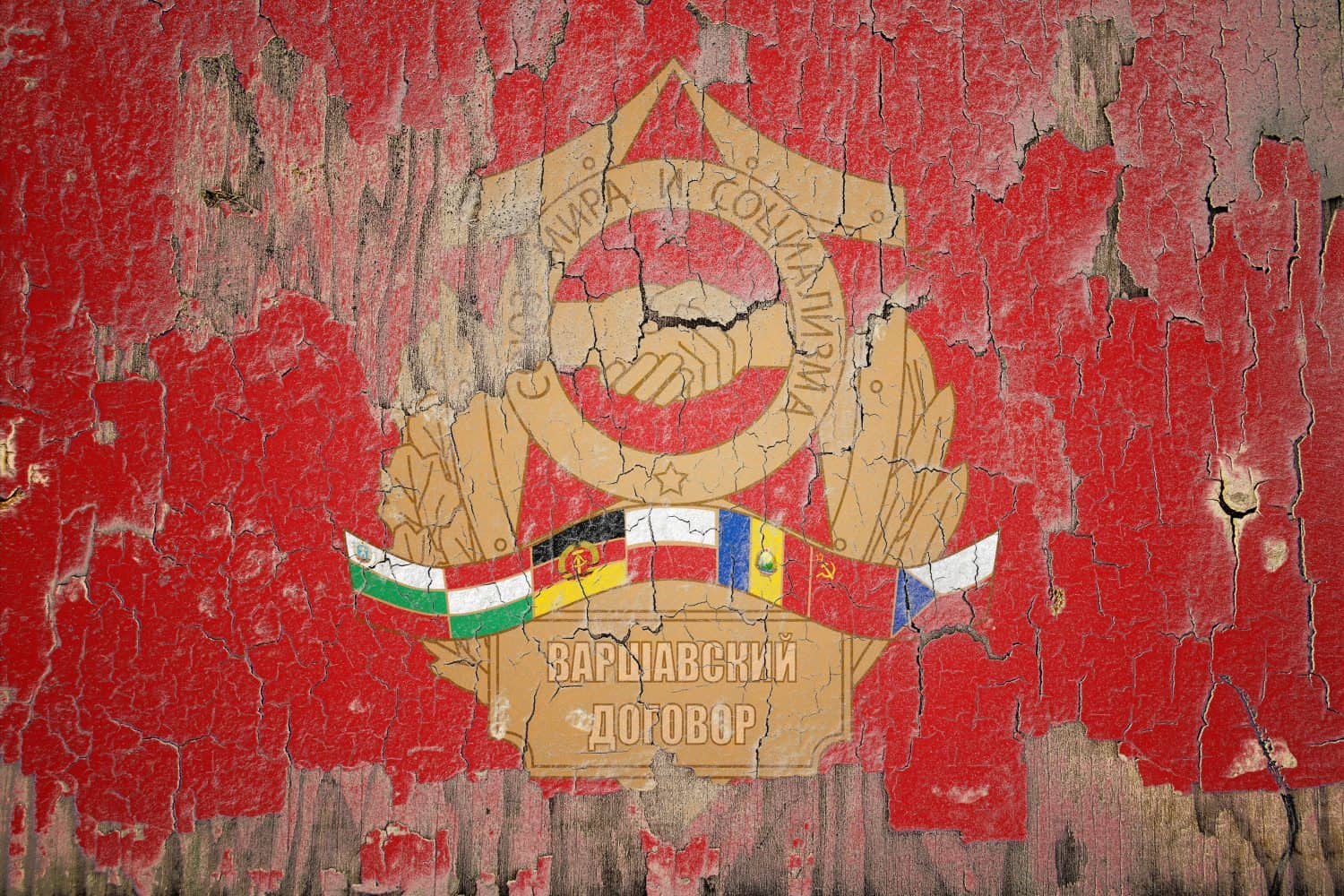
In many ways, historians widely agree that the Warsaw Pact, established in 1955, directly responded to the formation of NATO. Signees of the Warsaw Pact included the Soviet Union and its Eastern European allies. The formation of these two competing interests drew a line in Europe militarily. The Warsaw Pact officially ended after the Soviet Union fell in 1991.
8. Question
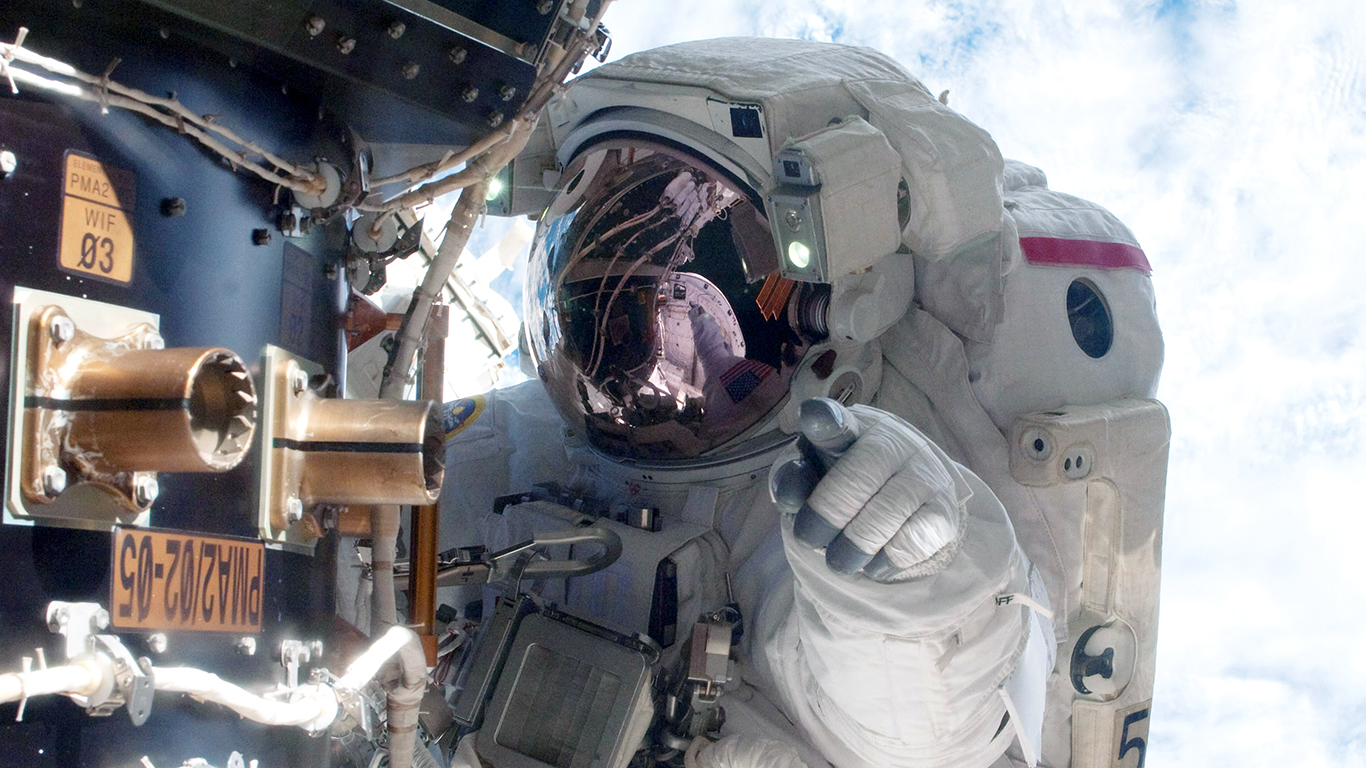
What was the Space Race, and why was it essential to the two nations?
Answer: Bragging Rights
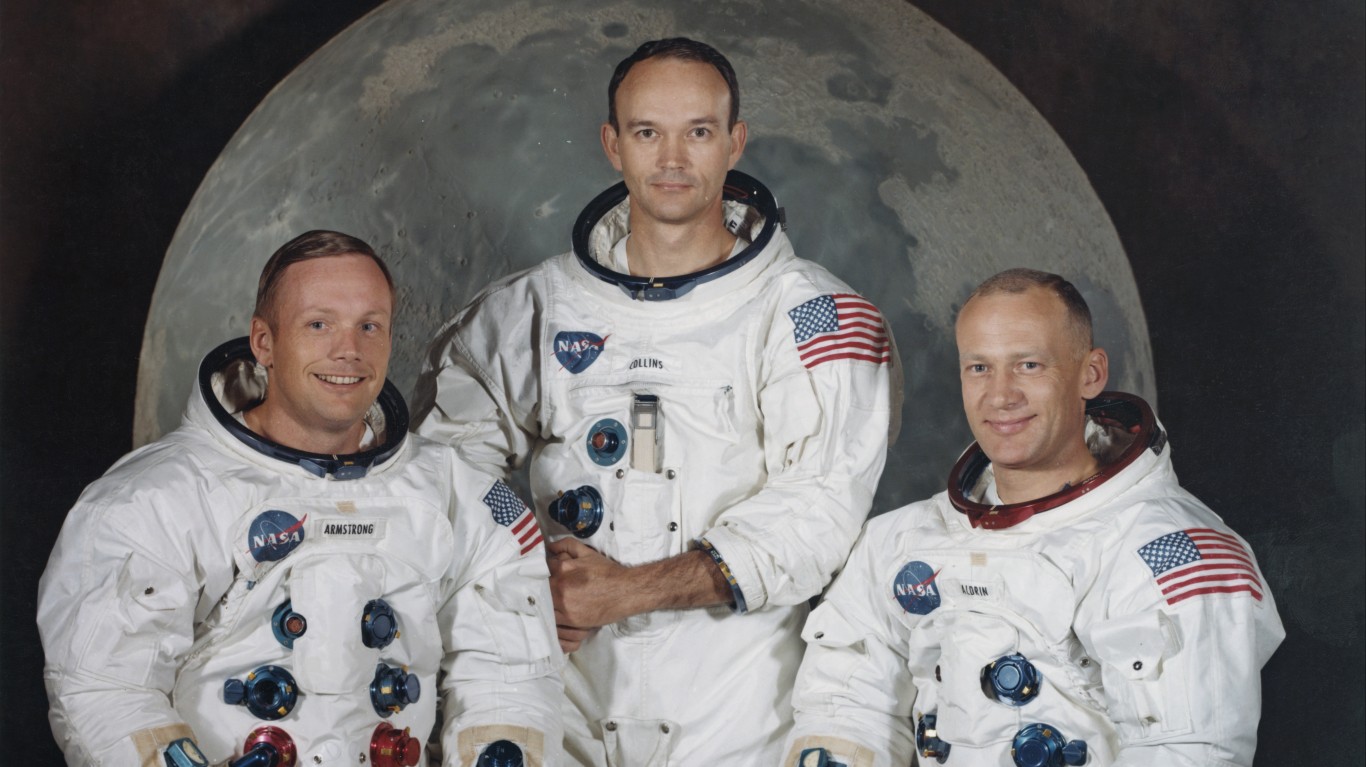
Ultimately, the Space Race, or the race for the first country to land a man on the Moon, was one of bragging rights. The Soviet Union struck first by launching the first satellite, Sputnik, in 1957, which led to John F. Kennedy’s famous May 25, 1961 speech calling for the United States to land a man on the moon before the end of the decade, something the country achieved in 1969.
9. Question
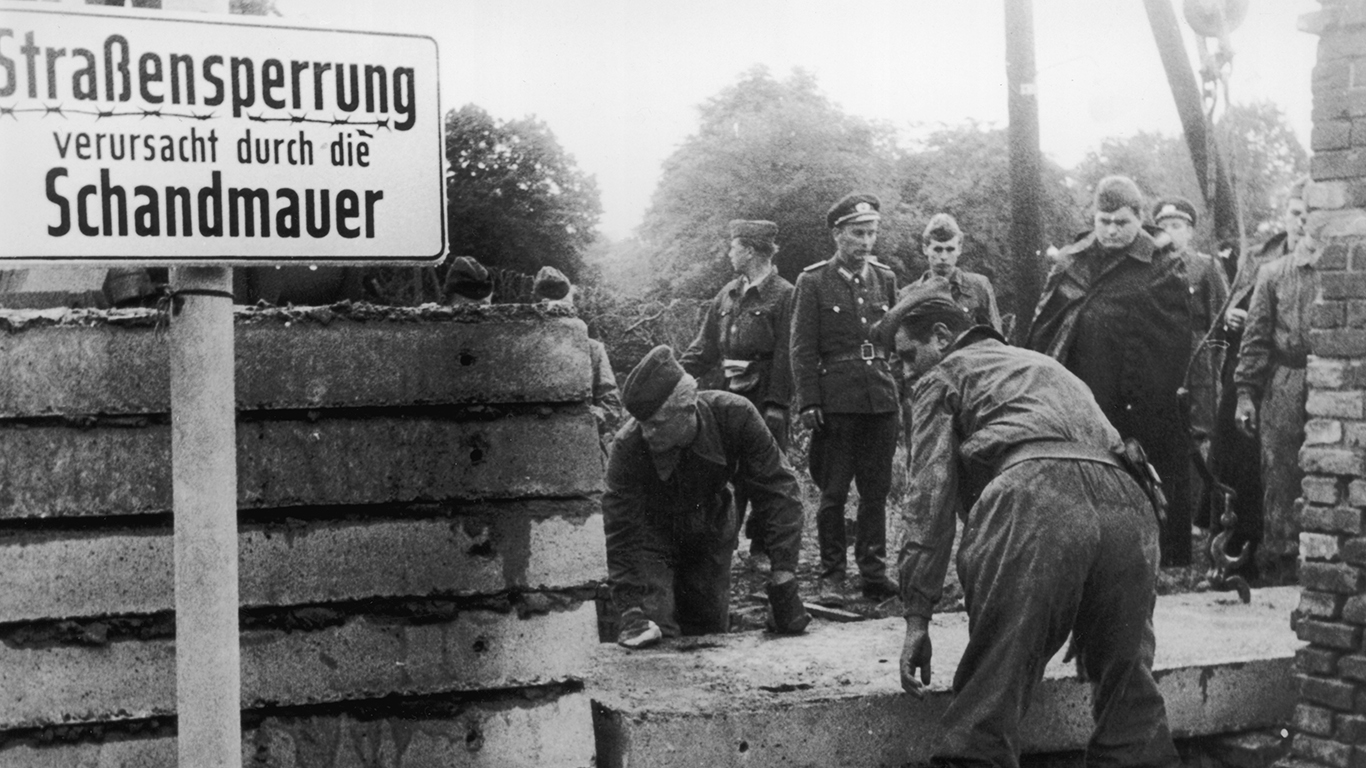
What was the Berlin Wall, and why was it symbolic?
Answer: Famous Cold War Symbol
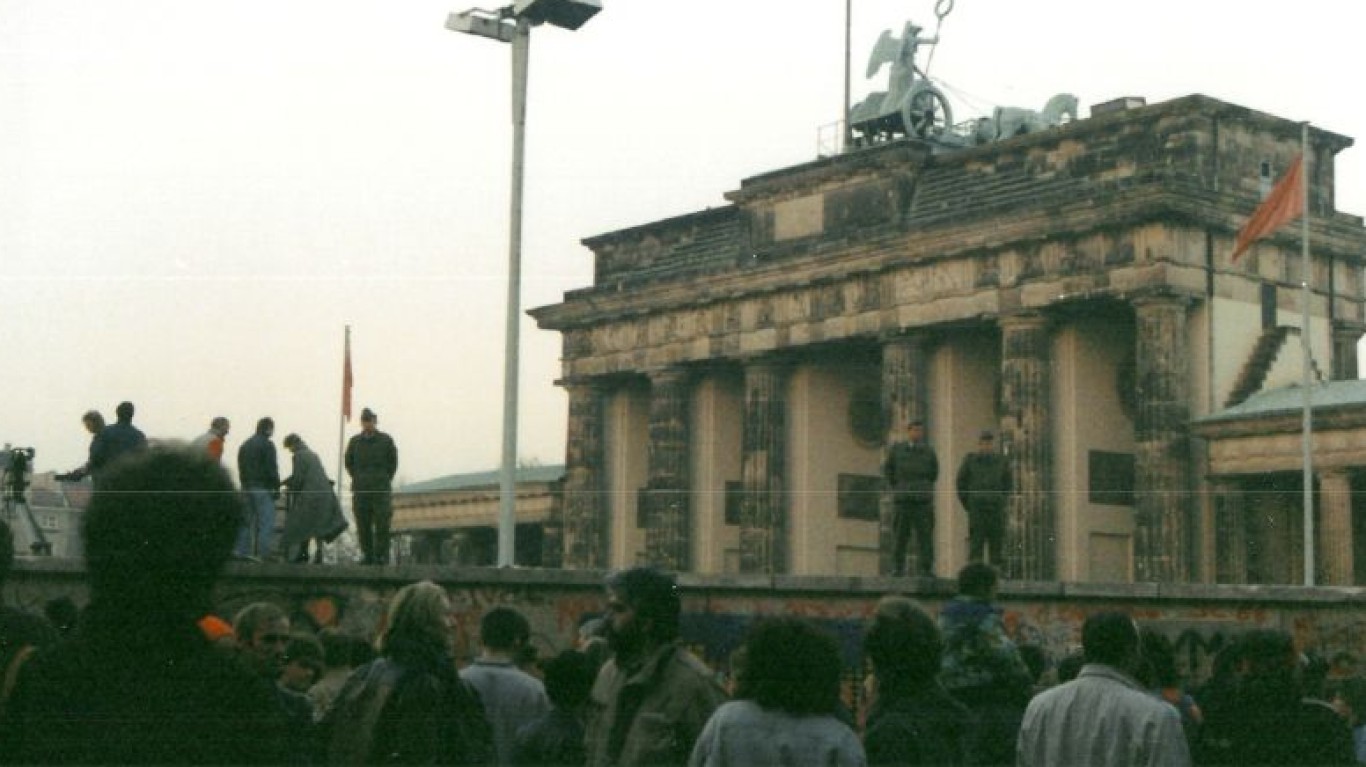
The construction of the Berlin Wall in 1961 was one of the most prominent reminders that the Cold War was still ongoing. The wall itself split Germany into two parts. Eastern Germany was, on one side, a strong supporter of the Soviet Union and ruled by Communist principles. The Western side of Germany was an ally of NATO and considered a symbol of democracy. When the wall fell in 1989, it symbolized the end of the Cold War.
10. Question
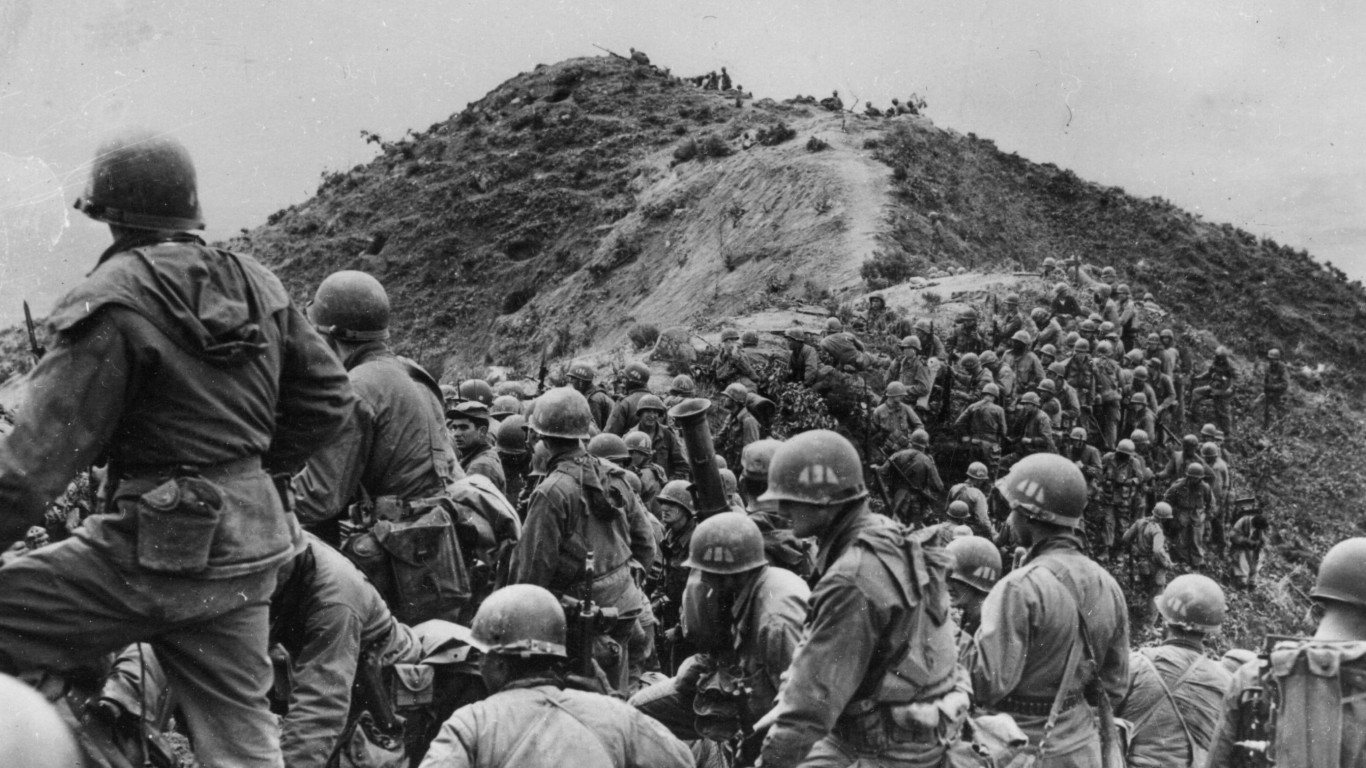
If there was no direct battle between the US and the Soviet Union, what wars were fought?
Answer: Proxy Wars
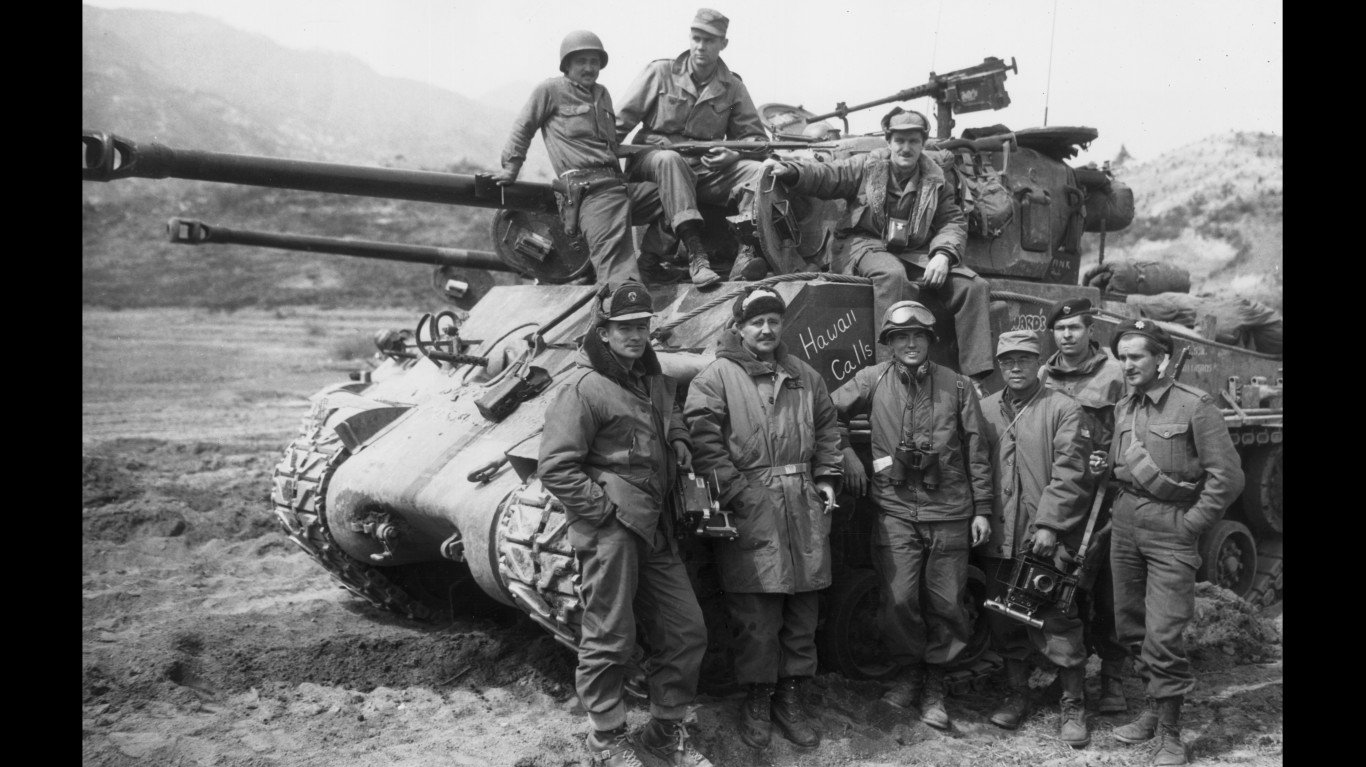
While the United States and the Soviet Union never engaged in a large-scale battle, conflicts between the two nations were fought elsewhere. The wars in Vietnam, Korea, and the first Afghanistan war in the 1980s were all considered proxy fights taking place because of the Cold War. These conflicts allowed the two superpowers to flex military muscle without directly attacking the other.
11. Question
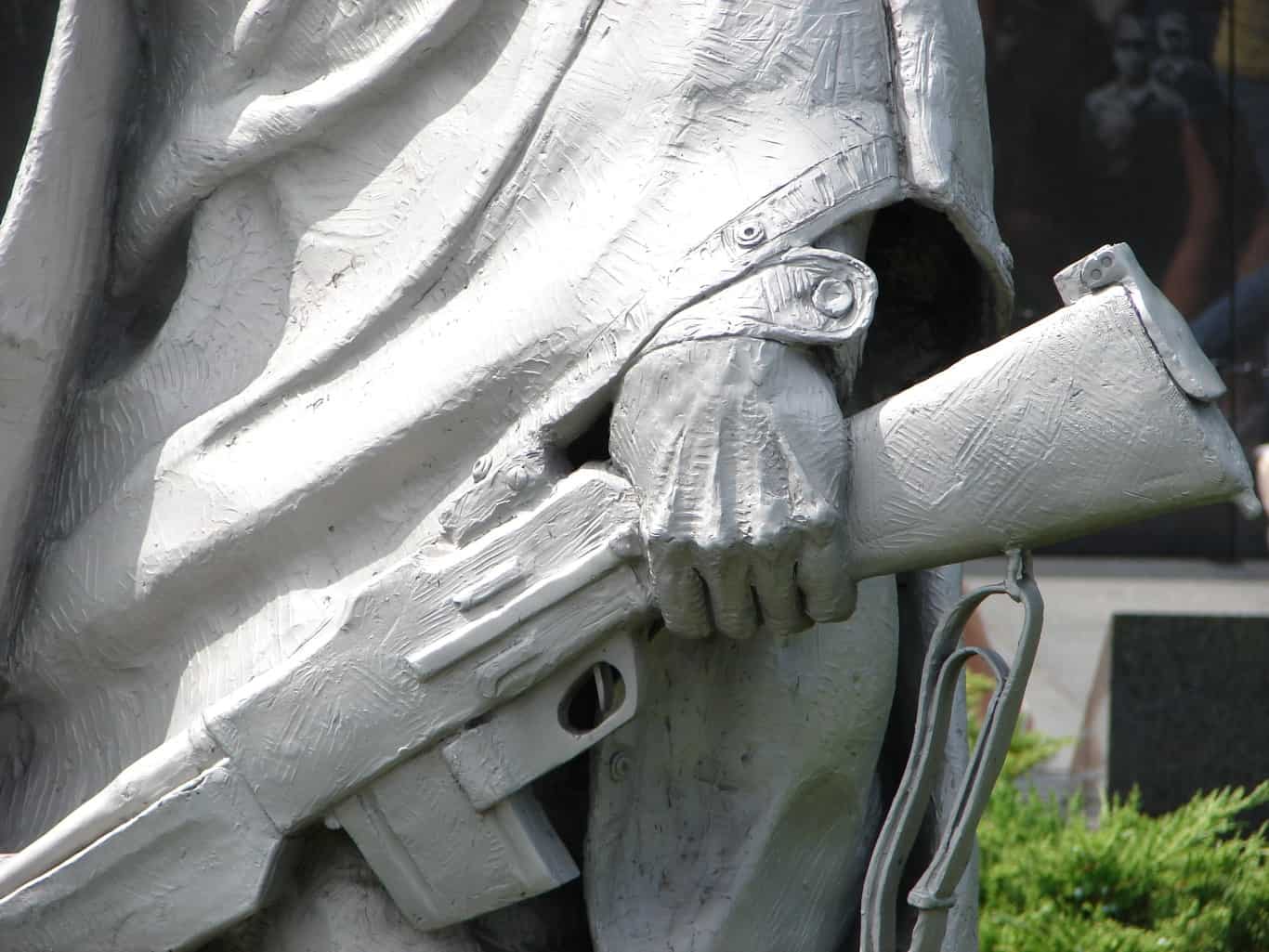
Why is the Korean War, which occurred only a few years after World War II ended, considered so significant?
Answer: A Major Proxy War
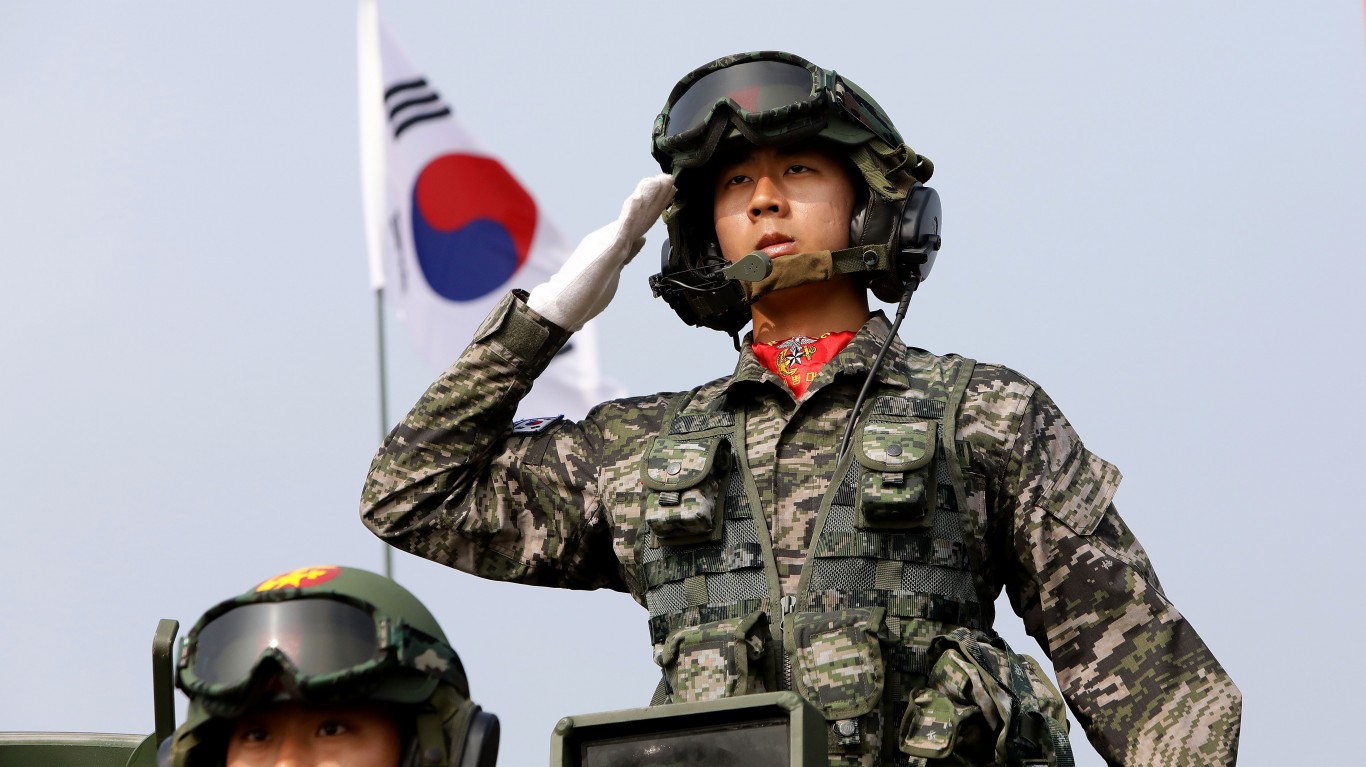
The Korean War lasted between 1950 and 1953 and is considered one of the most prominent proxy battles between the two Cold War superpowers. The Soviet Union backed the North Korean forces along with China, while the United States supported the more capitalist and democratic southern part of Korea. The battle ended in a stalemate and divided Korea into two nations at the 38th parallel, which still exists today.
12. Question
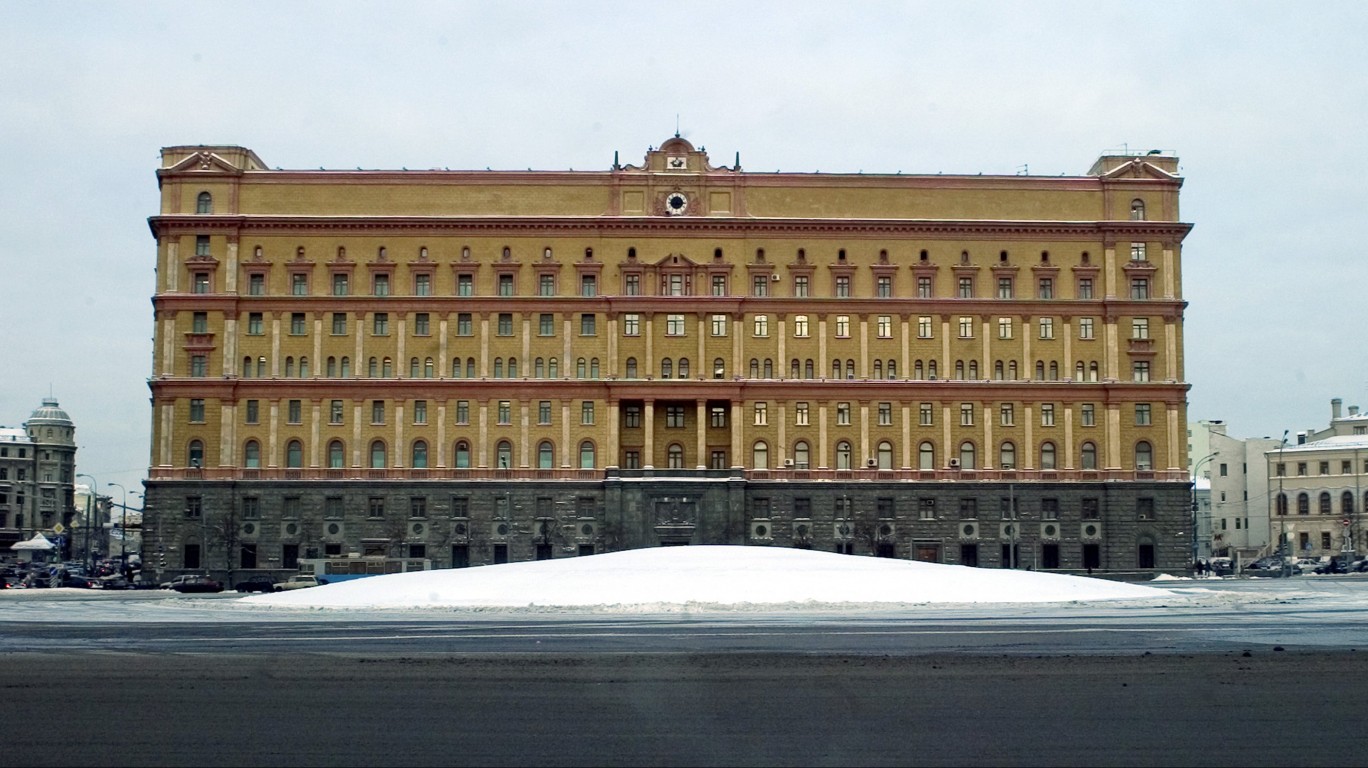
How prominent was espionage during the Cold War?
Answer: Extremely Common
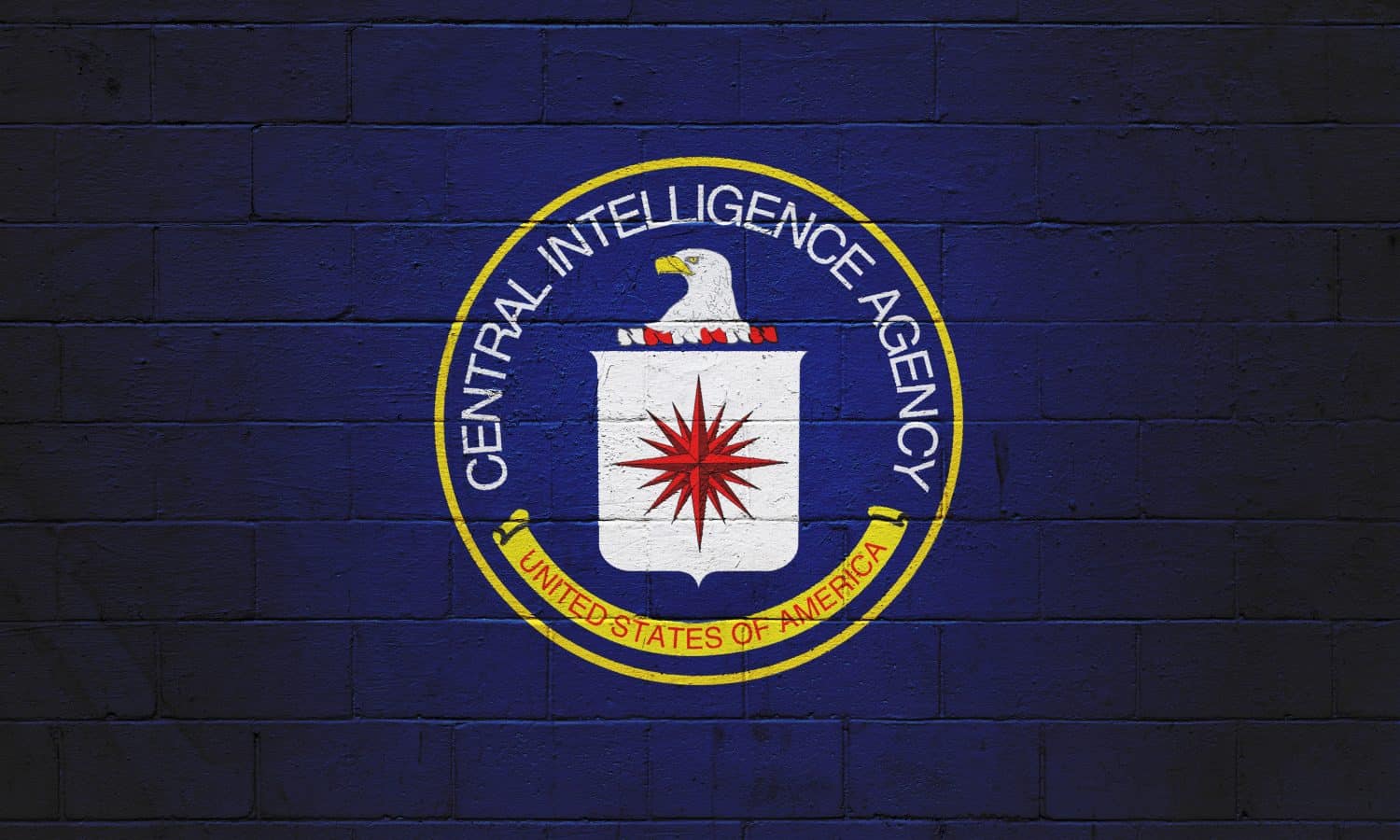
You have likely seen movies during the Cold War showing espionage tactics as they were very common. Both the United States and the Soviet Union considered espionage critical to their interests in spying and counterintelligence on the other side. The CIA and the KGB were locked in a lengthy (and legendary) battle to gain the upper hand regarding intelligence, specifically military secrets.
13. Question Answer: Nuclear Weapons
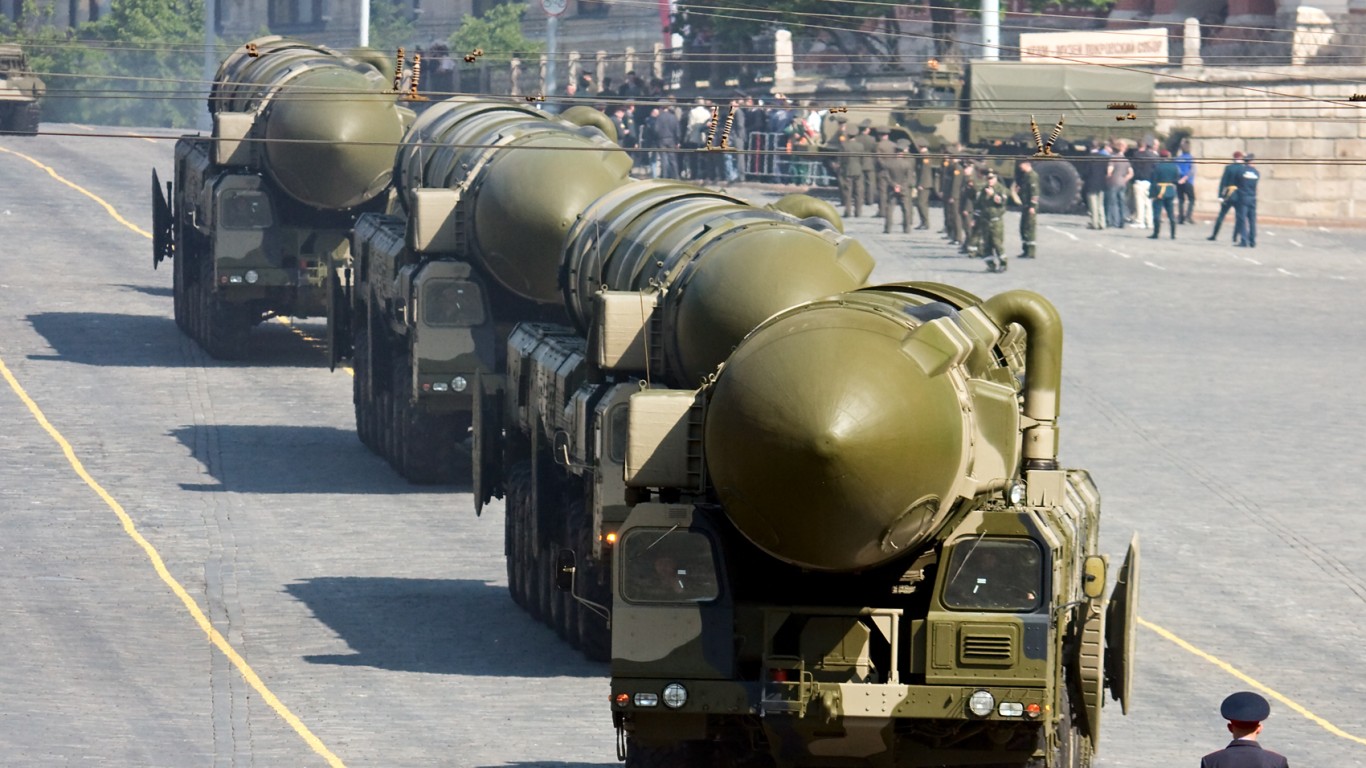
What was the global arms race that took part during the Cold War?
Answer: Nuclear Weapons
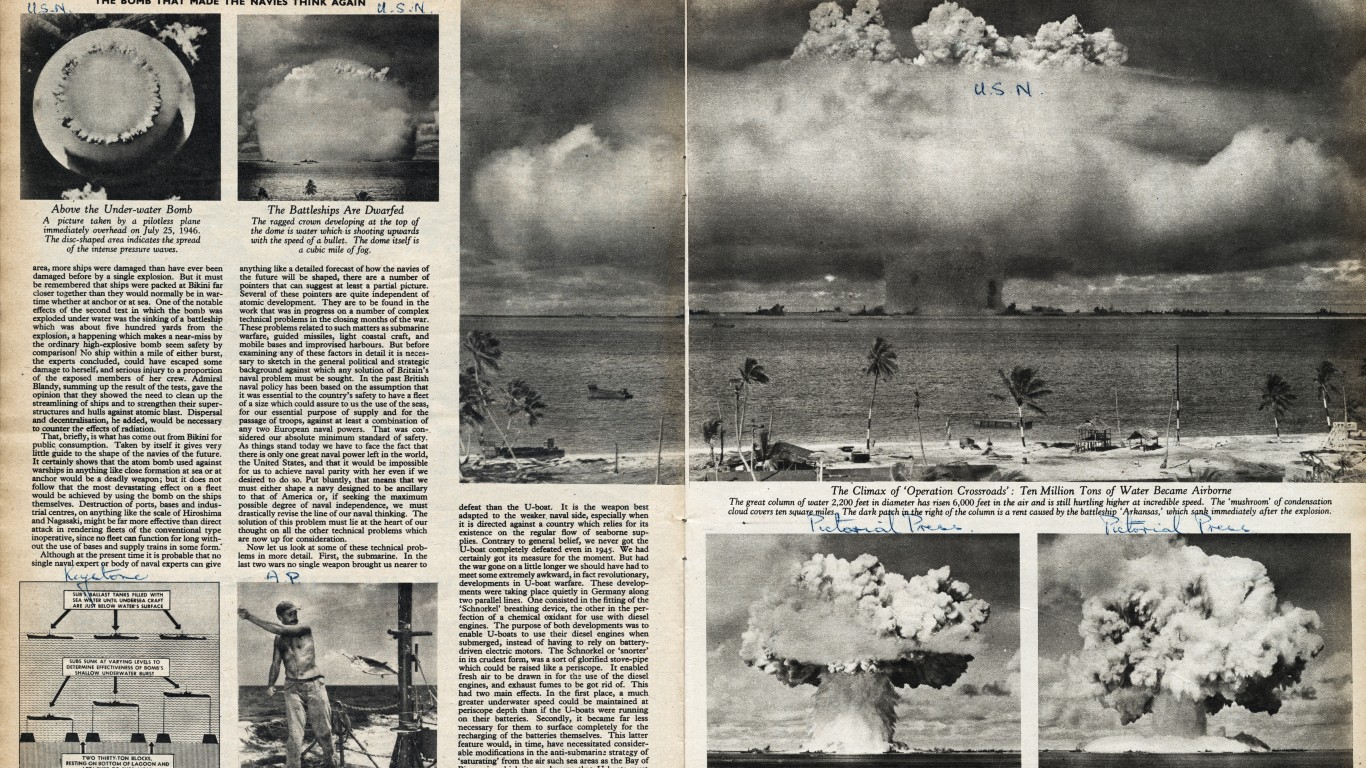
One of the most challenging parts of the Cold War was the sudden buildup of nuclear weapons. During the Cold War, the United States and the Soviet Union looked to build up a nuclear arsenal larger than the other. Conventional weapons were included as well, like tanks and rifles, but the real focus was on nuclear weapons.
14. Question
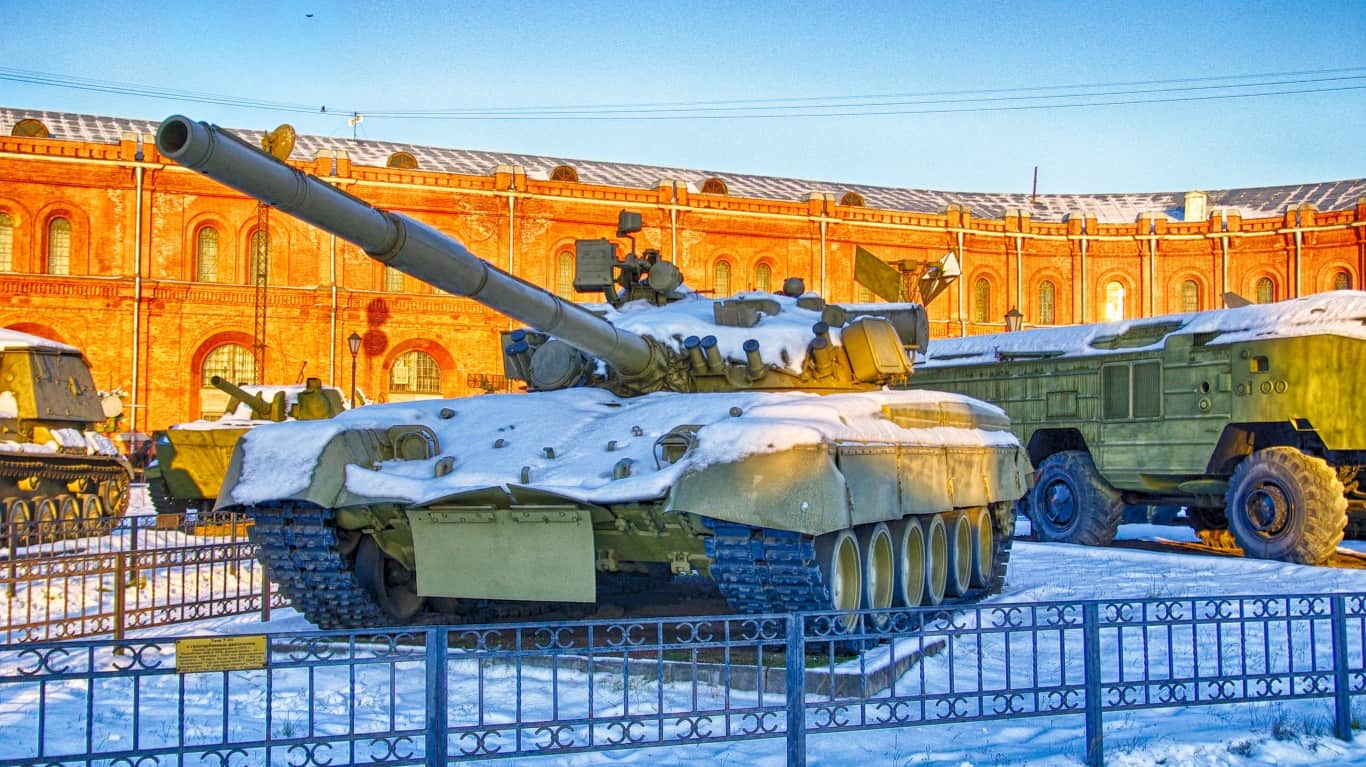
What caused the fall of the Soviet Union in 1991?
Answer: Economic Challenges
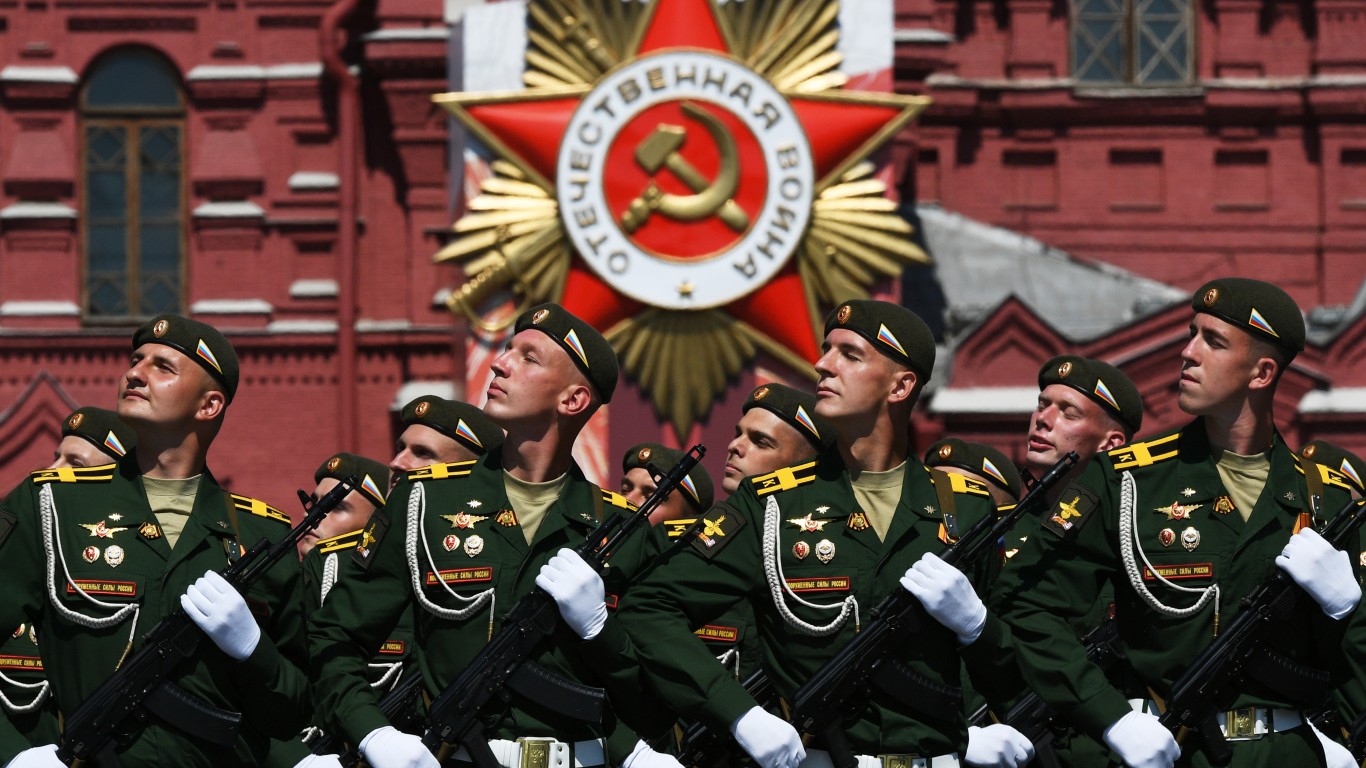
Ultimately, the Cold War proved too costly for the Soviet Union, which collapsed in 1991. The country’s focus on military spending to match the United States defense budget and failure to address growing issues important to its public would prove too costly to its leadership.
15. Question
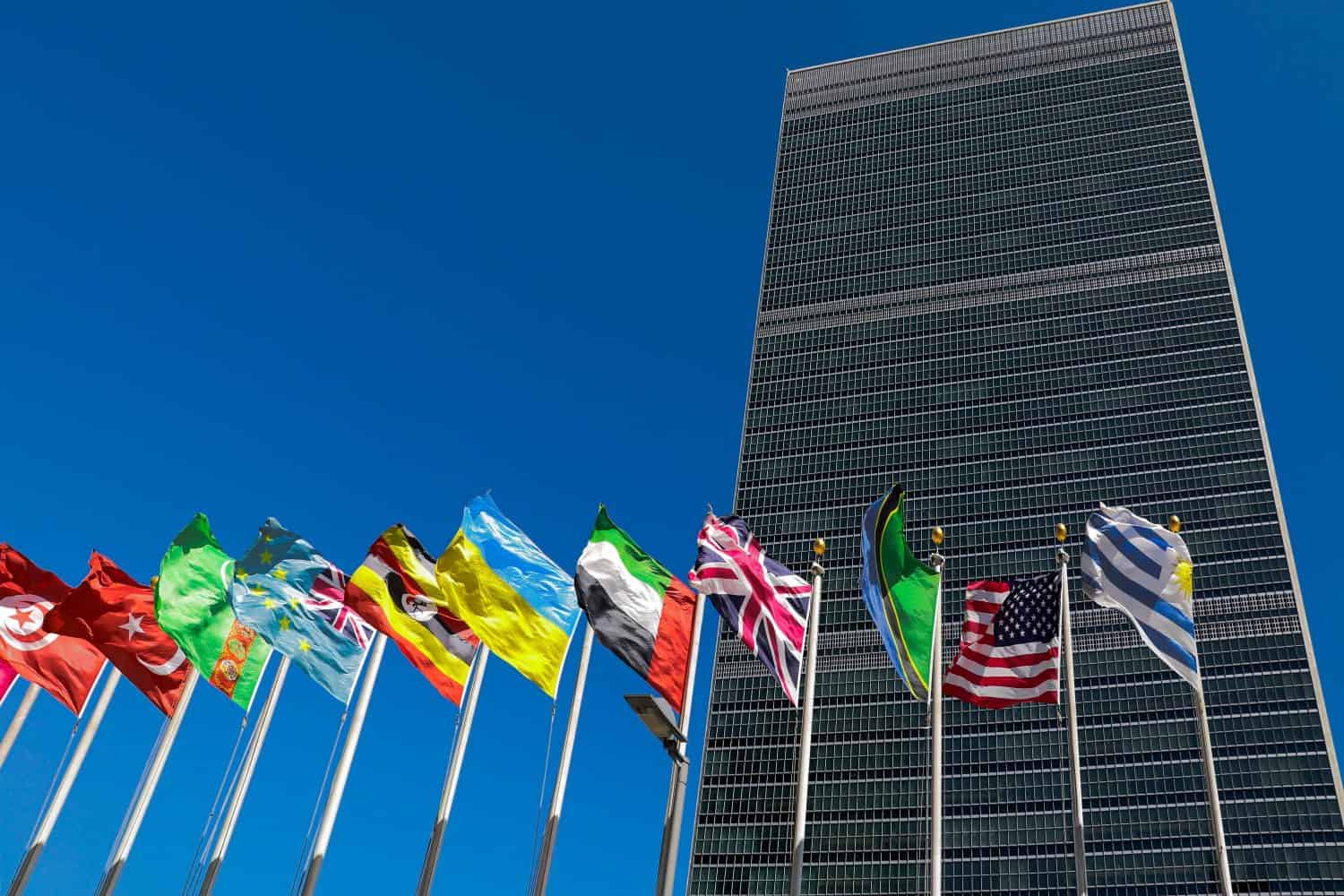
Did the United Nations have any actual ability to make peace during the Cold War?
Answer: Yes and No
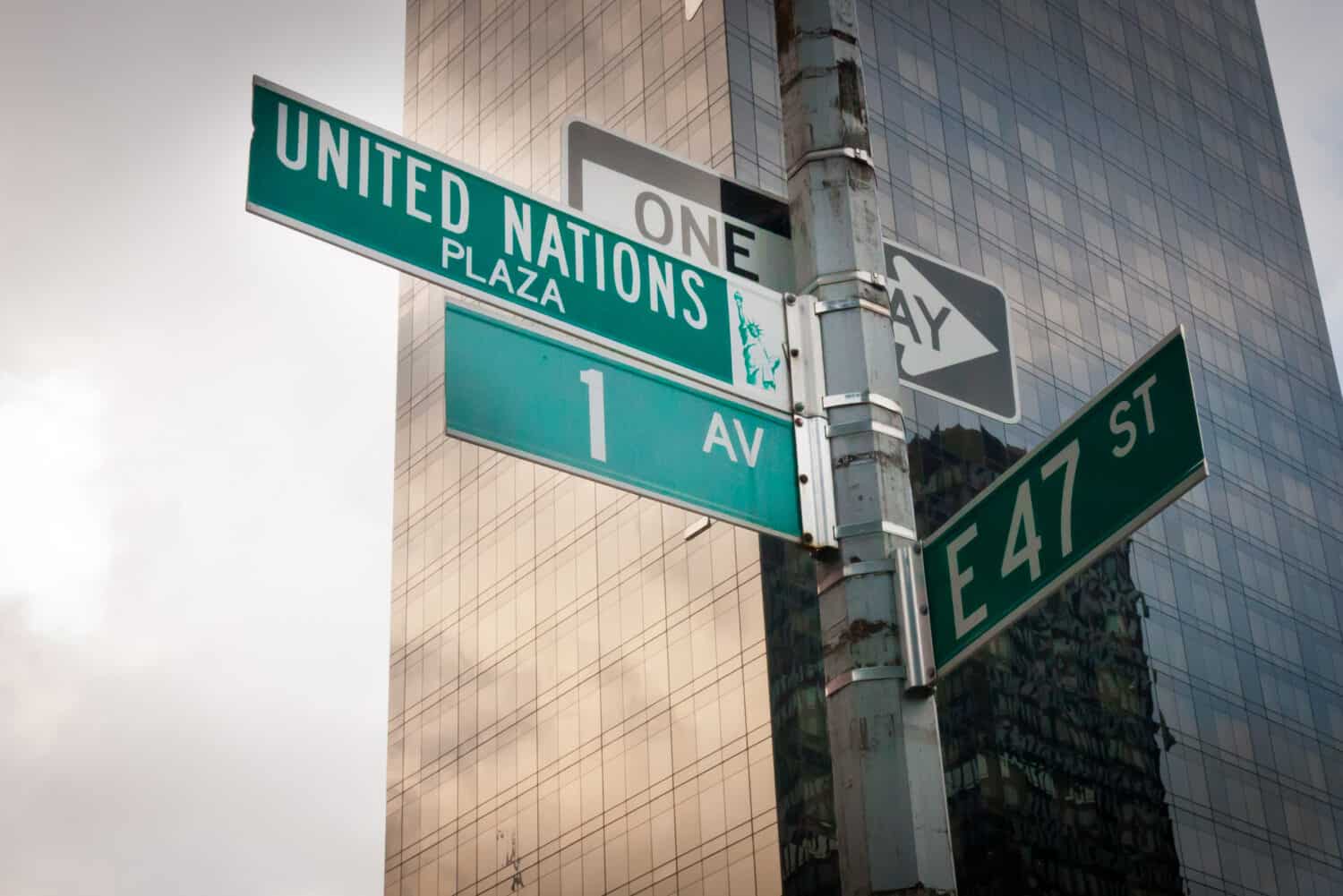
While the United Nations serves an important role as a forum for discussing global issues, it is often more symbolic than anything else. This played out with both the United States and the Soviet Union having veto power over many votes the United Nations tried to pass that could have potentially brought about peace faster. However, the United Nations was effective at brokering peace toward the end of the Korean War.
16. Question
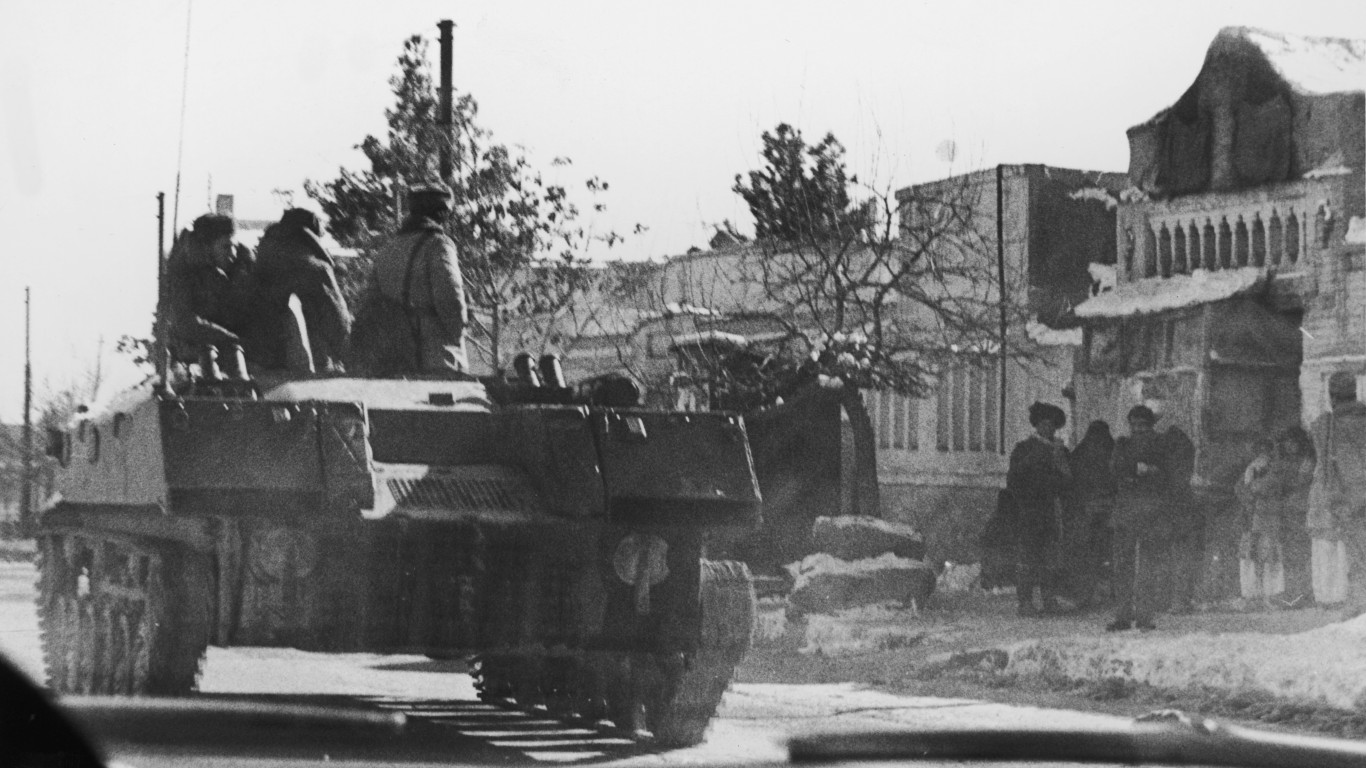
What was the importance of the Soviet invasion of Afghanistan?
Answer: A New Battlefront
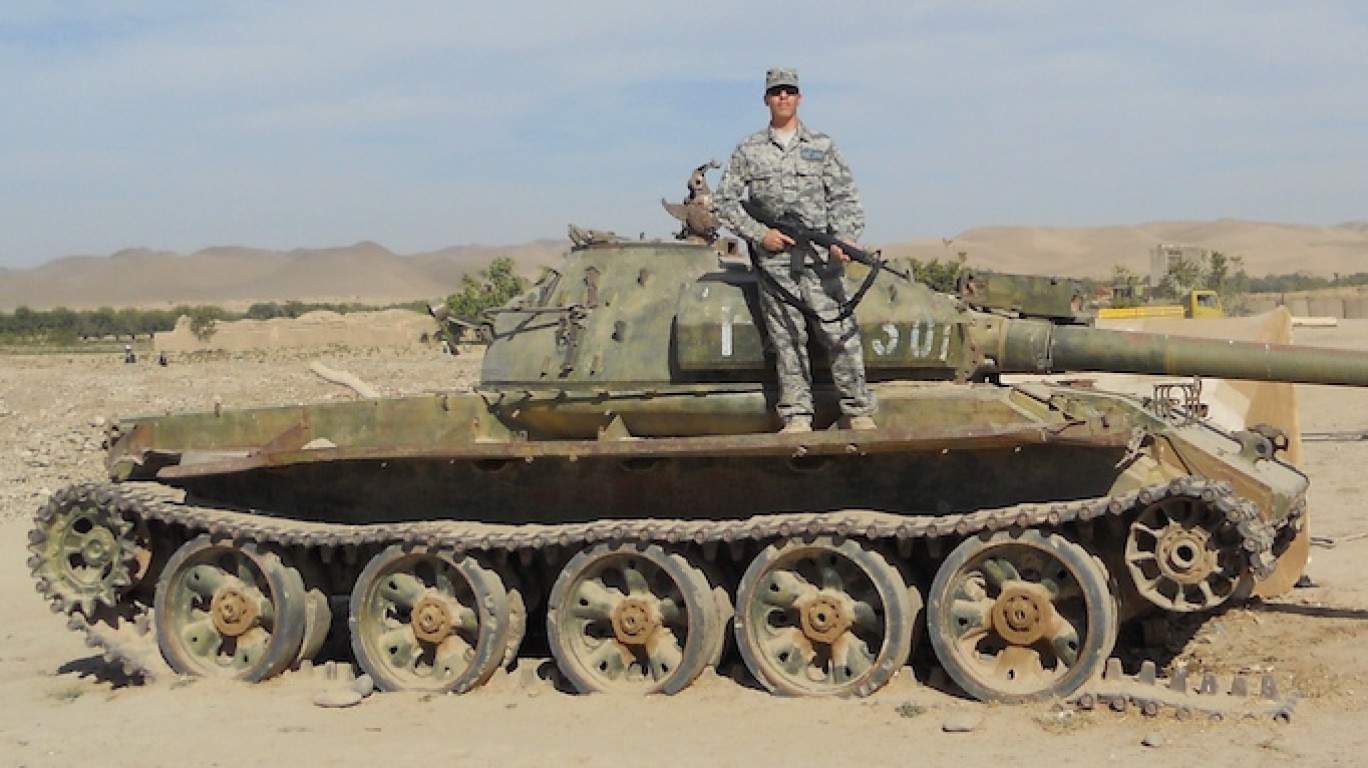
Like the Korean War, the Soviet invasion of Afghanistan proved to be a new opportunity for both the Soviet Union and the United States to flex military muscle. The United States gave support to the Afghan resistance, including the Mujahideen, through both money and weapons. Unfortunately, many of the people the United States armed would ultimately turn on the nation, and there is a dotted line tying back this support to events like September 11th.
17. Question
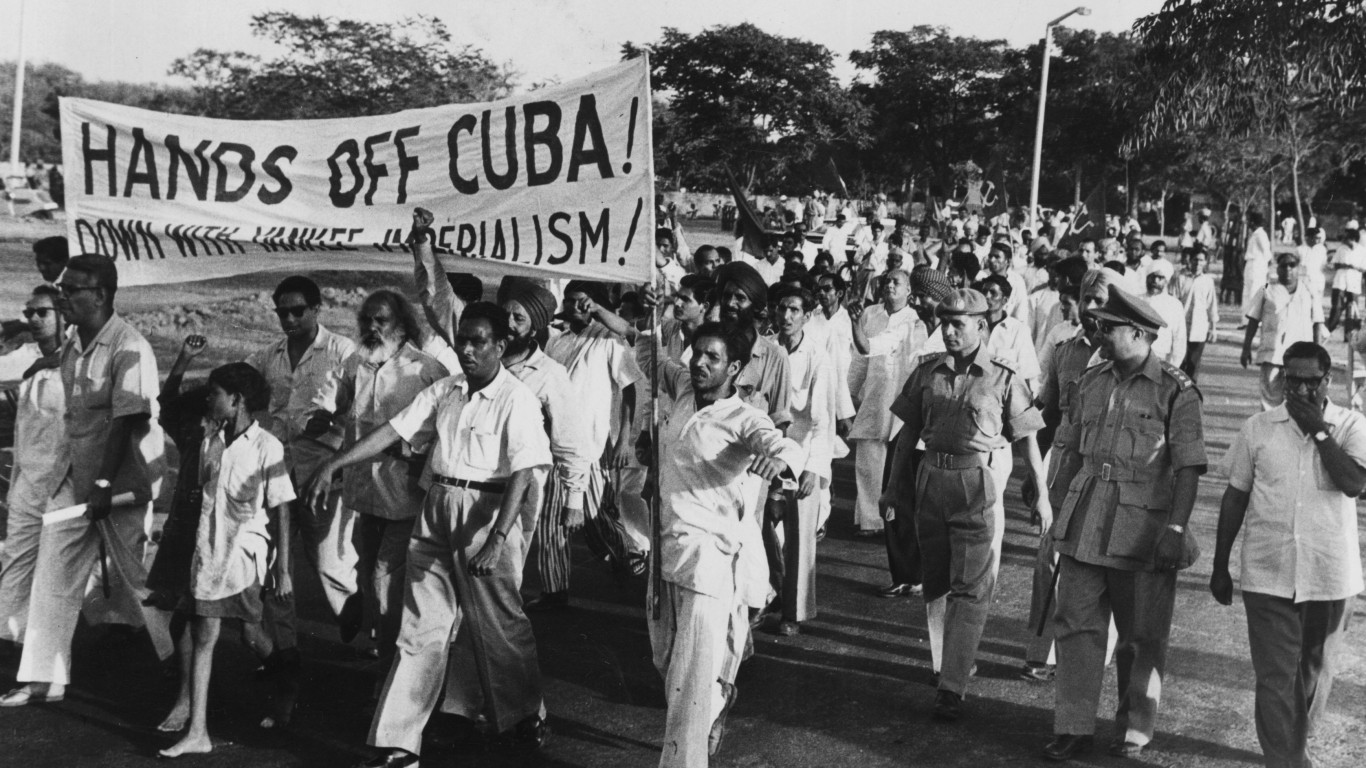
What was the Bay of Pigs invasion?
Answer: Military Invasion of Cuba
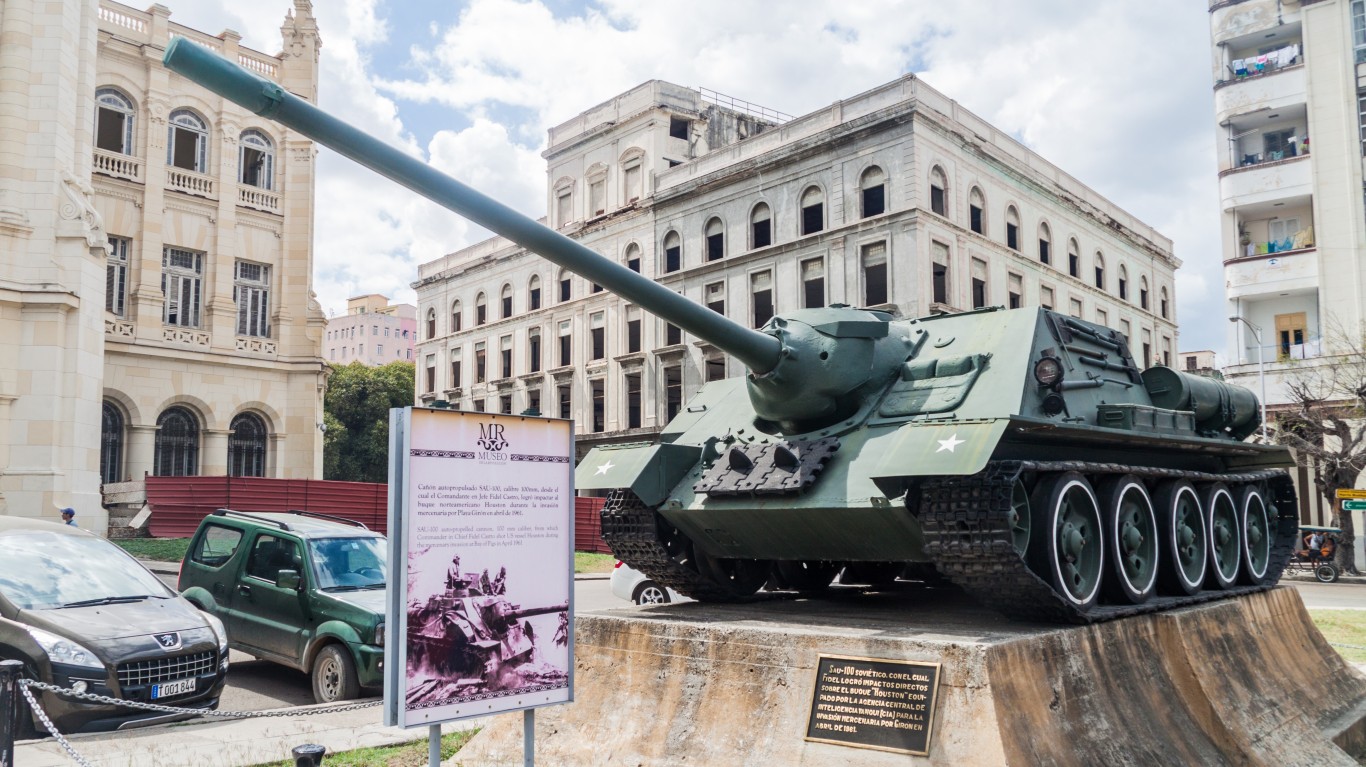
As a Soviet Union proxy, the United States, specifically the Kennedy Administration, wanted to remove Soviet influence so close to American shores. The result was that the US backed an attempt by Cuban exiles living in Miami to overthrow the Cuban government, landing on a beach full of pigs. The coup failed as the US underestimated the strength of Cuban forces, and it was politically embarrassing for the Kennedy administration.
18. Question
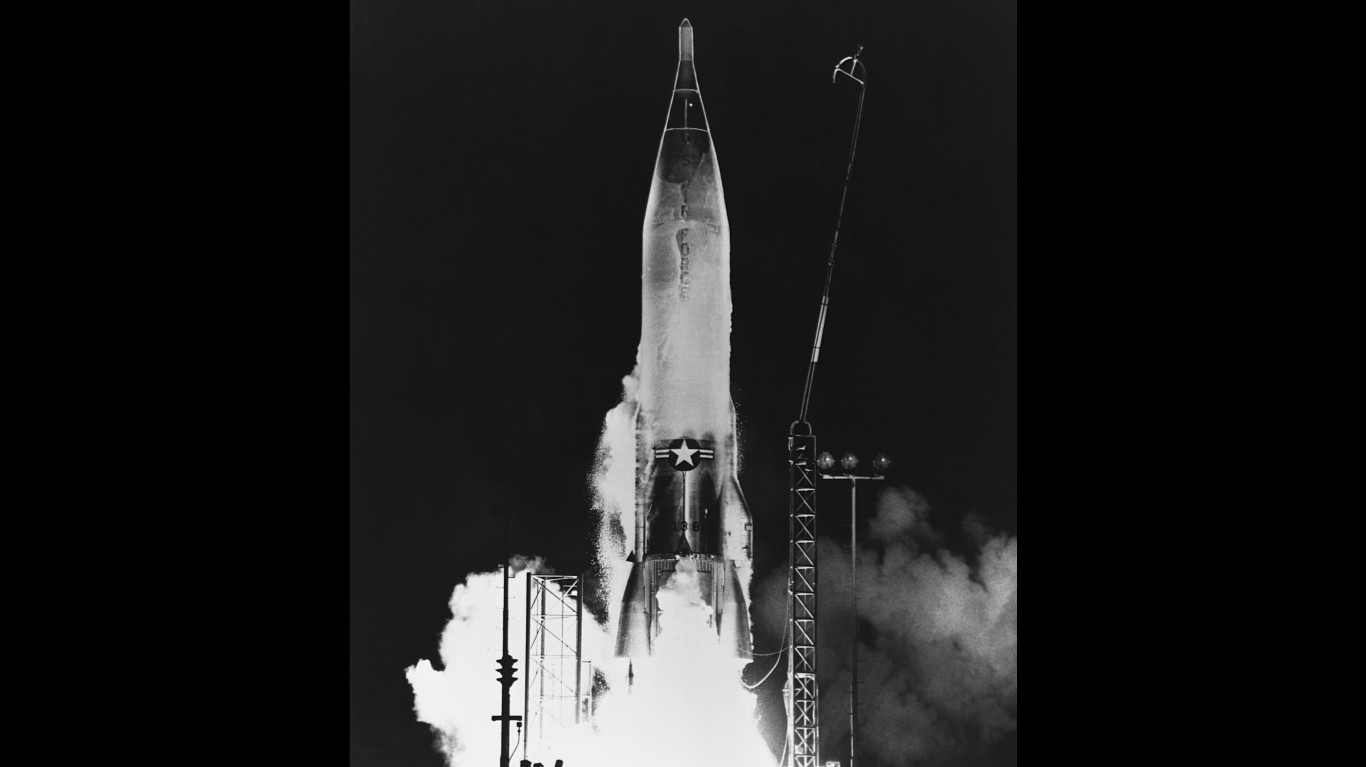
How did nuclear weapons truly affect the Cold War?
Answer: Mutually Assured Destruction
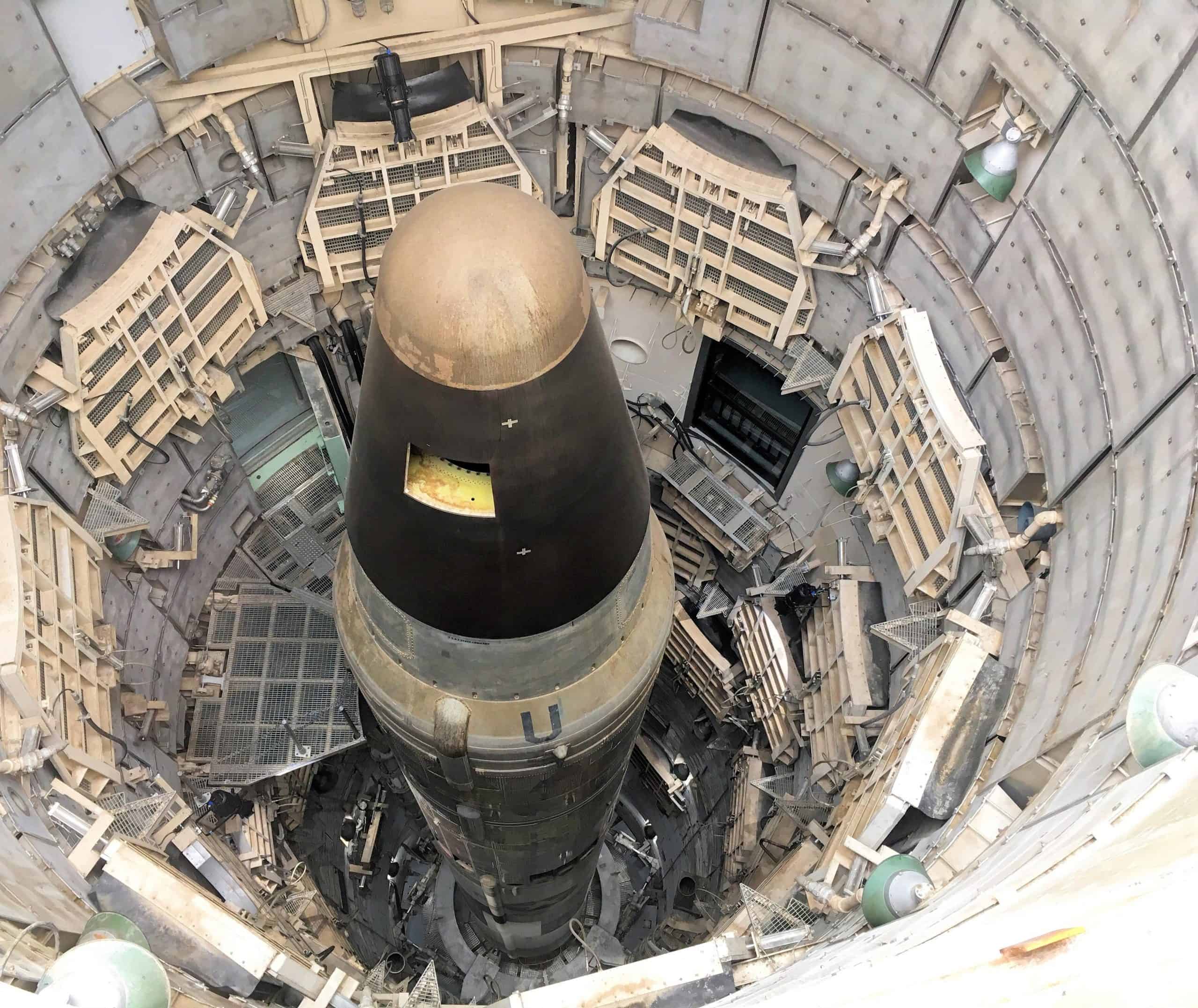
While the arms race was a central theme of the Cold War, so was that of MAD or mutually assured destruction. Both the United States and the Soviet Union knew that the use of any nuclear weapons would end the world, which led to more bravado between the two nations than any real threat that would involve the use of such weapons.
19. Question
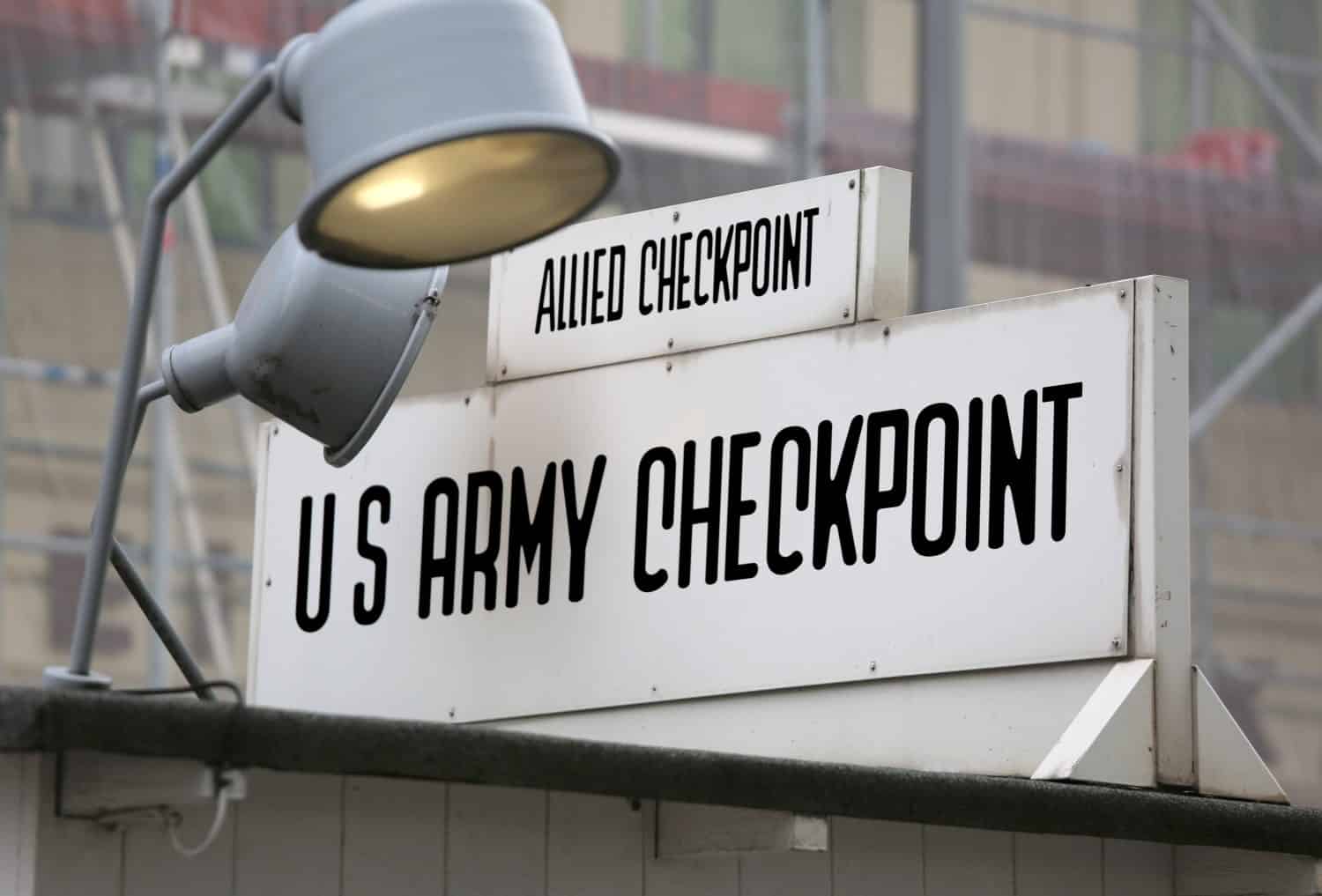
How and why did the Cold War end?
Answer: A Series of Events
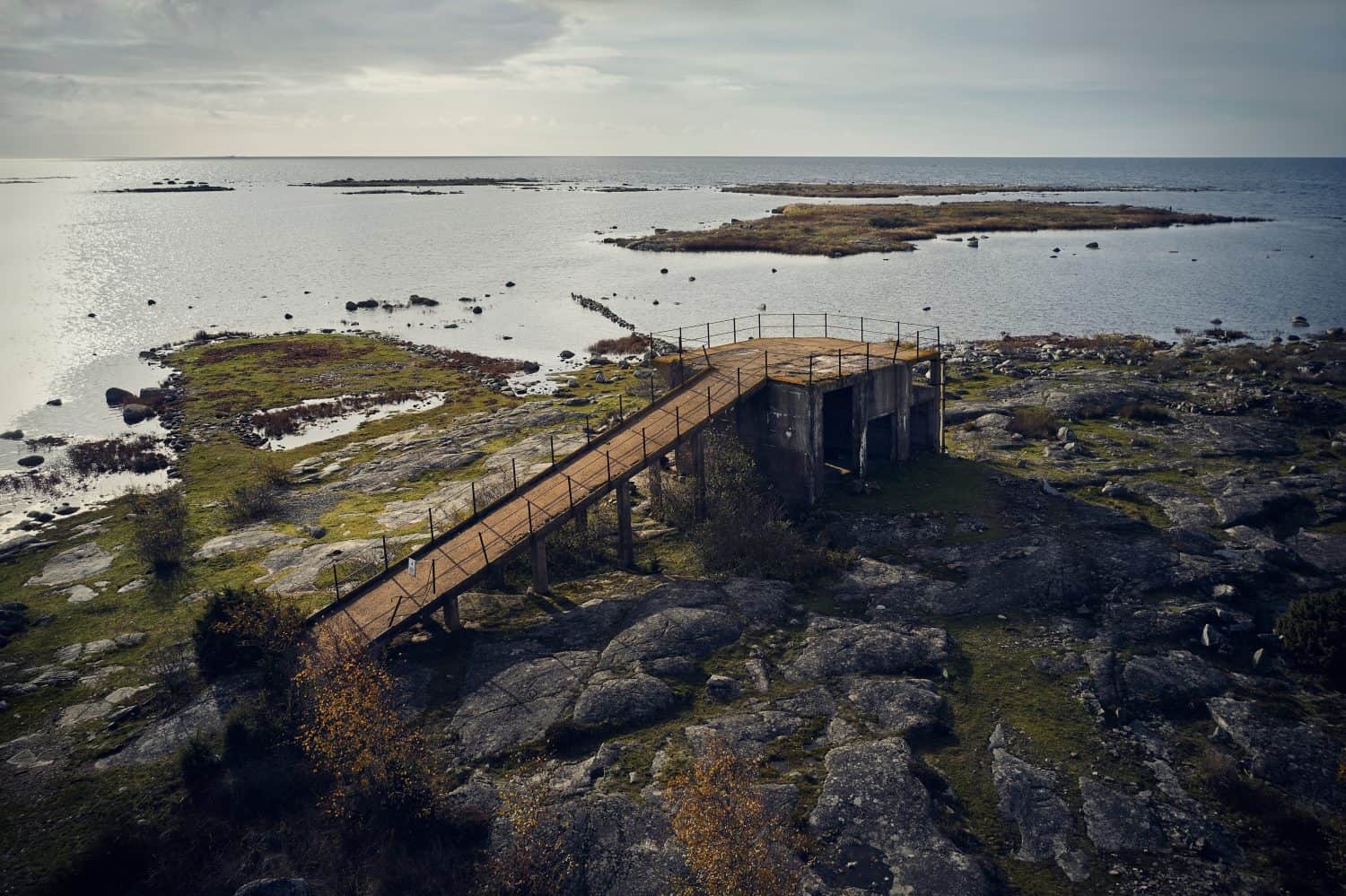
The end of the Cold War is mostly thought to have resulted from Soviet leader Mikhail Gorbachev enacting reforms inside the Soviet government that weakened the Communist regime. This led directly to the fall of the Berlin Wall, which allowed democracy as a system of government to flow into Eastern European nations and ultimately led to the end of the conflict.
20. Question

What are the most significant lessons to be learned from the Cold War?
Answer: Extremism Is bad
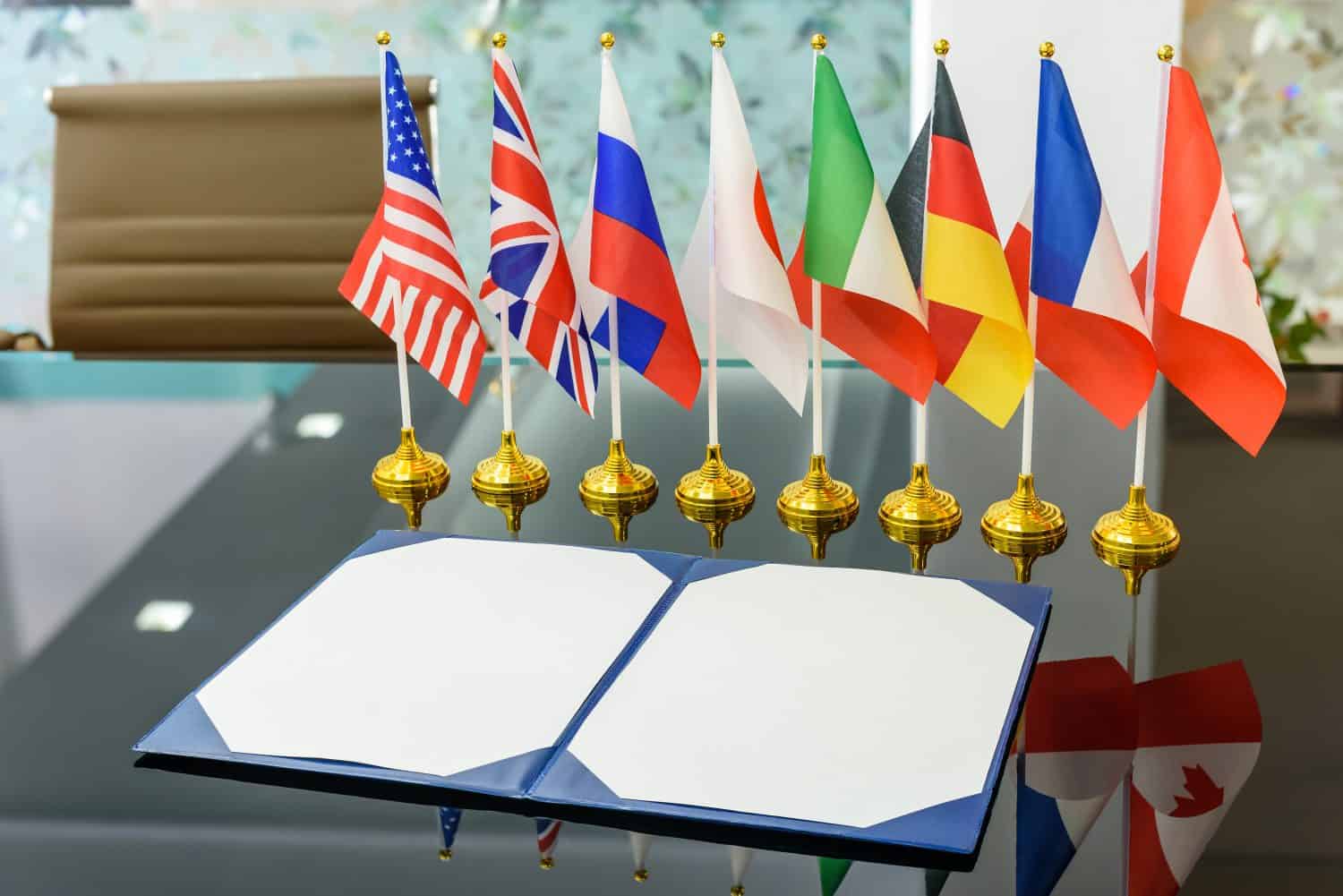
The biggest lesson of the Cold War is the dangers of any form of ideological extremism. The hope is that one day, there will be a lengthy period of global understanding and a desire to help fellow nations through economic and technological strengths. While military power remains a global need, so does the desire to build strong governments that respond directly to the will of the people who voted leaders into office.
Get Ready To Retire (Sponsored)
Start by taking a quick retirement quiz from SmartAsset that will match you with up to 3 financial advisors that serve your area and beyond in 5 minutes, or less.
Each advisor has been vetted by SmartAsset and is held to a fiduciary standard to act in your best interests.
Here’s how it works:
1. Answer SmartAsset advisor match quiz
2. Review your pre-screened matches at your leisure. Check out the advisors’ profiles.
3. Speak with advisors at no cost to you. Have an introductory call on the phone or introduction in person and choose whom to work with in the future
Thank you for reading! Have some feedback for us?
Contact the 24/7 Wall St. editorial team.

